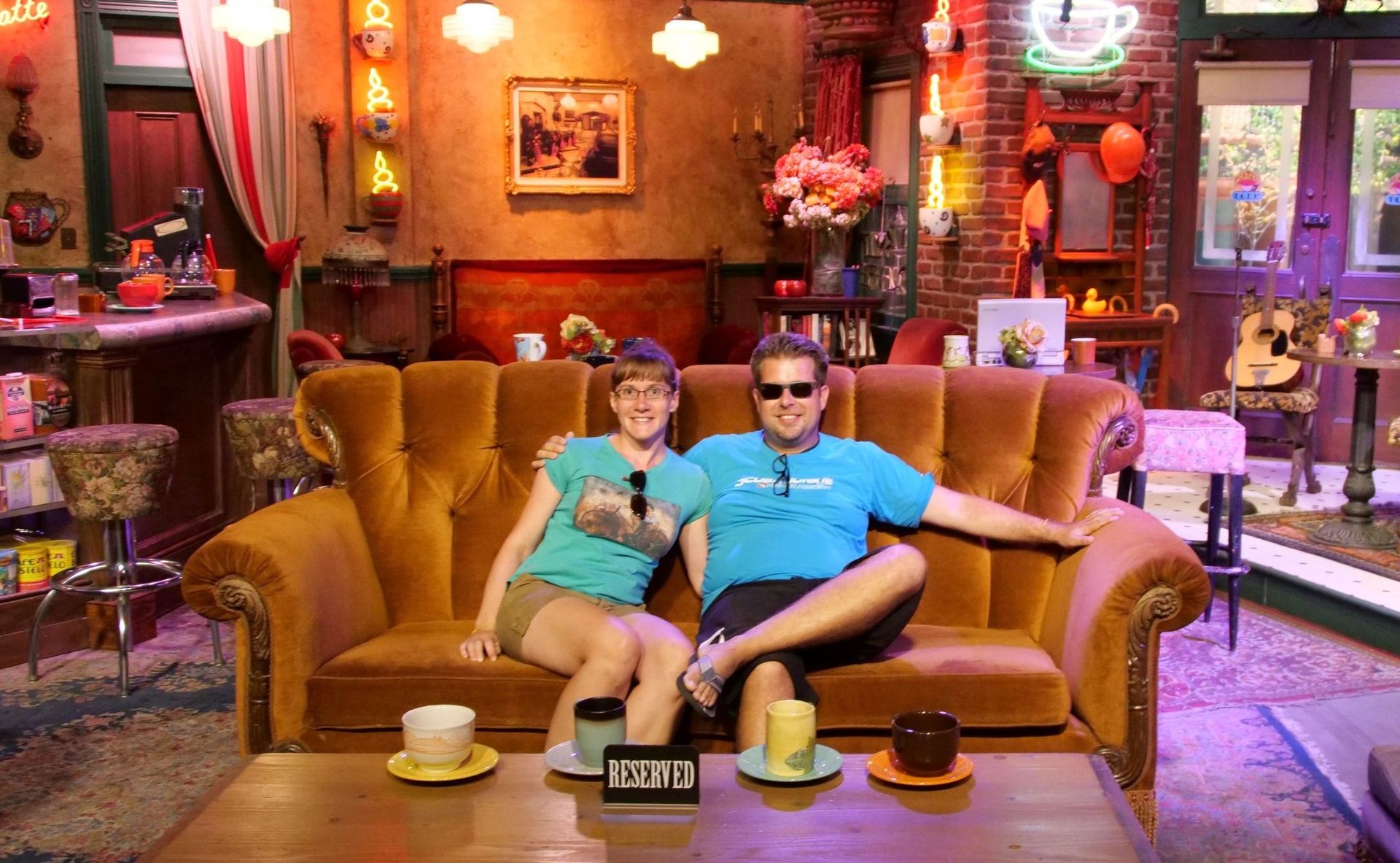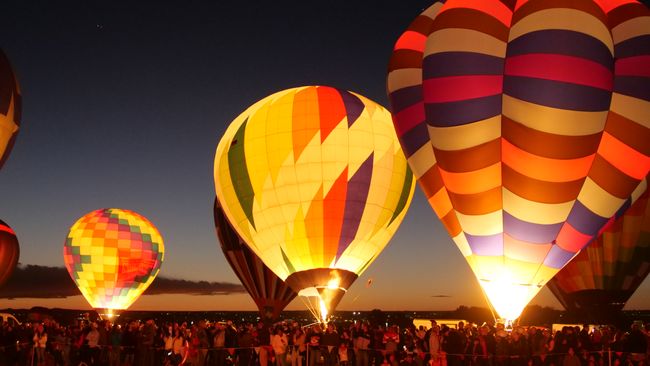02/07/2019 to 07/07/2019 - Sepik / Papua New Guinea
Жарияланды: 14.07.2019
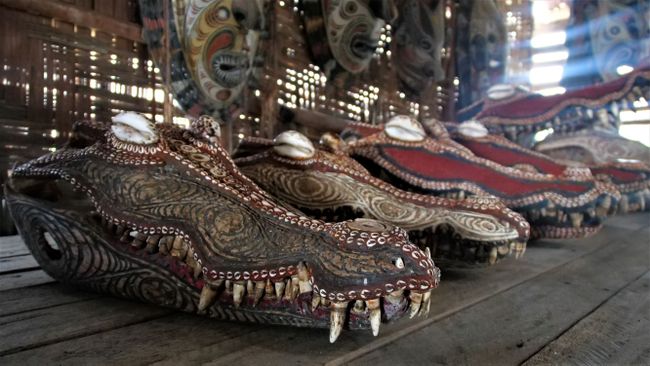
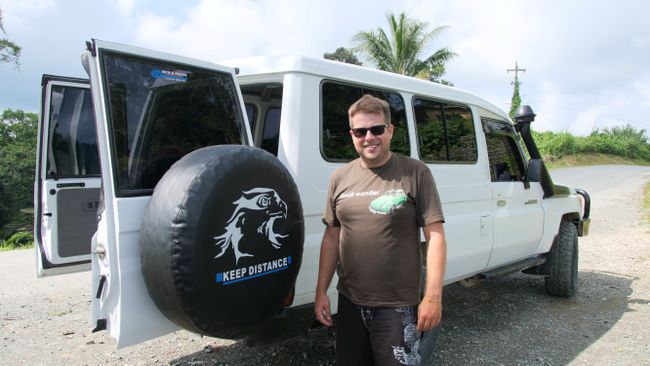
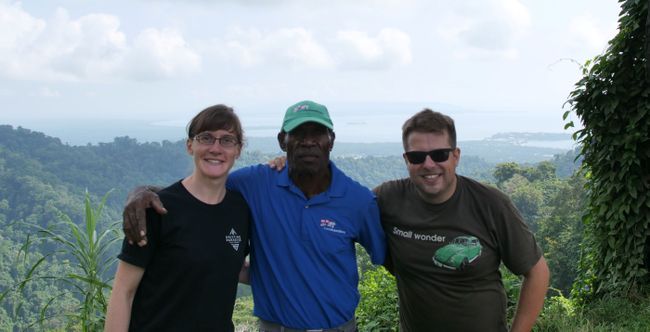
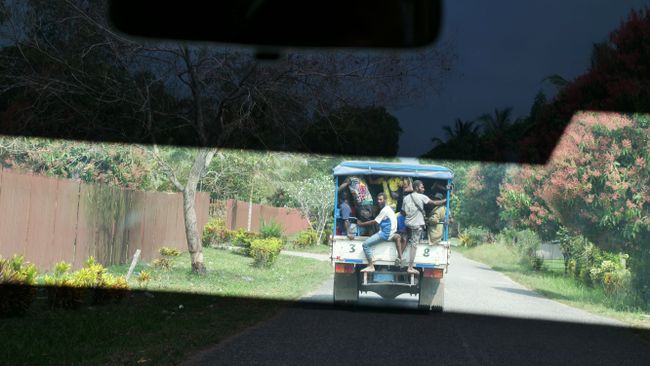
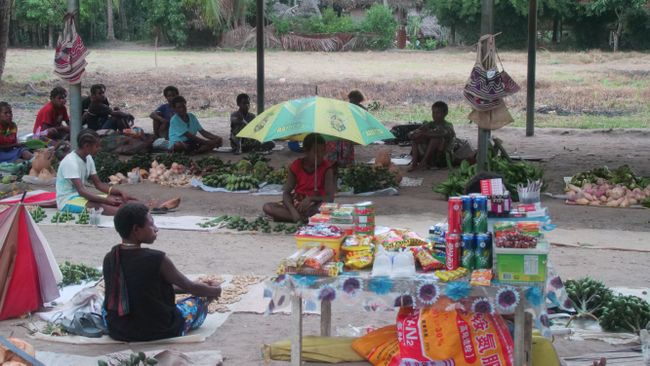
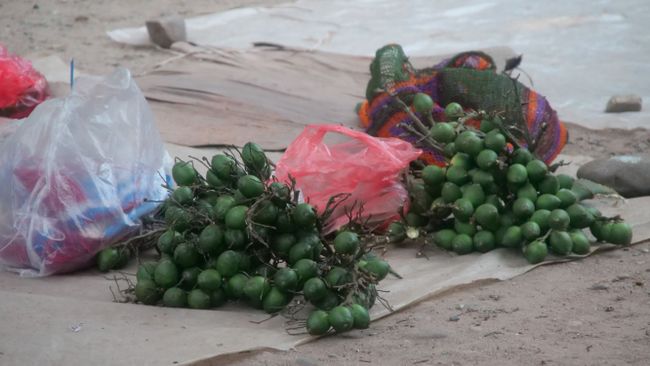
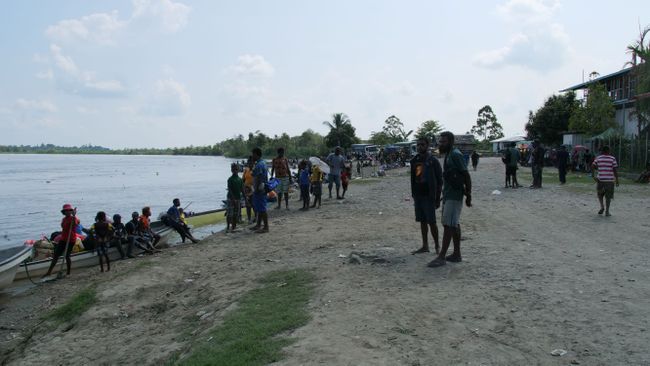
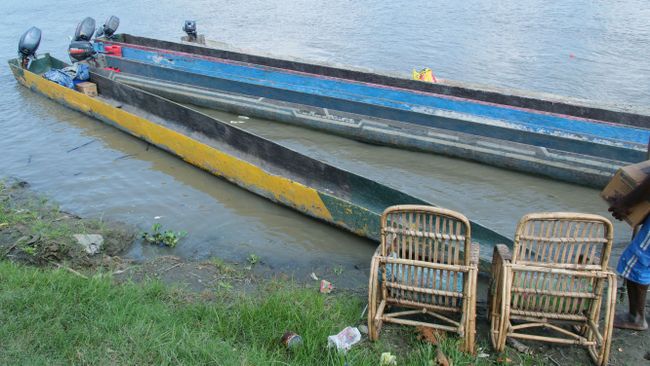
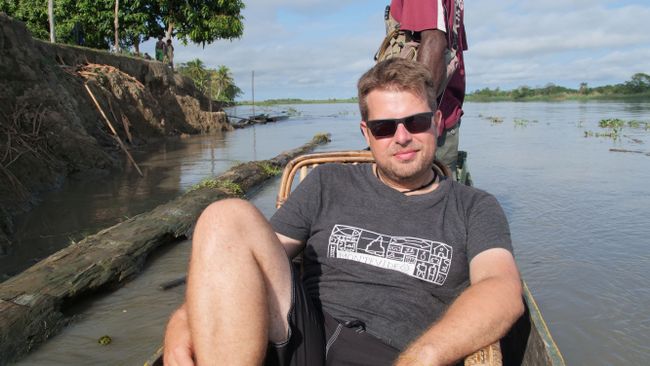
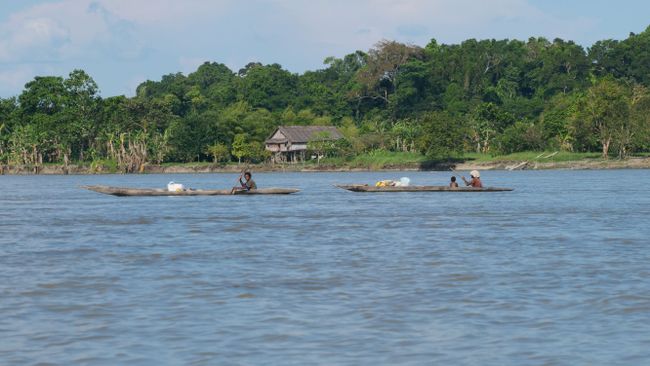
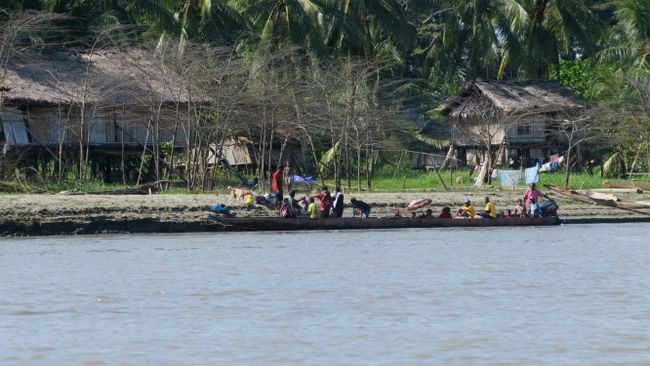
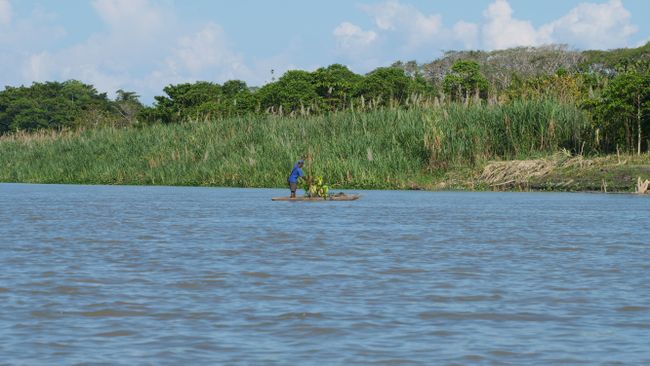
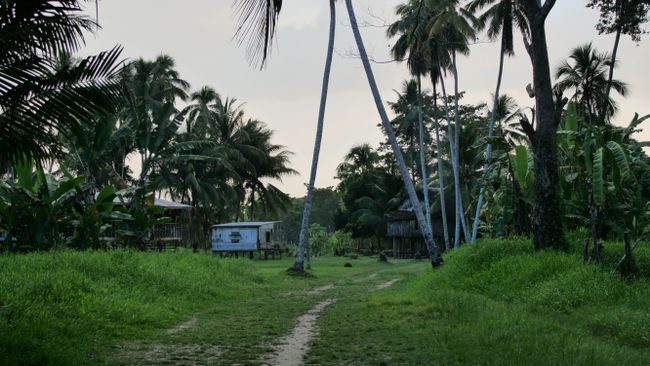
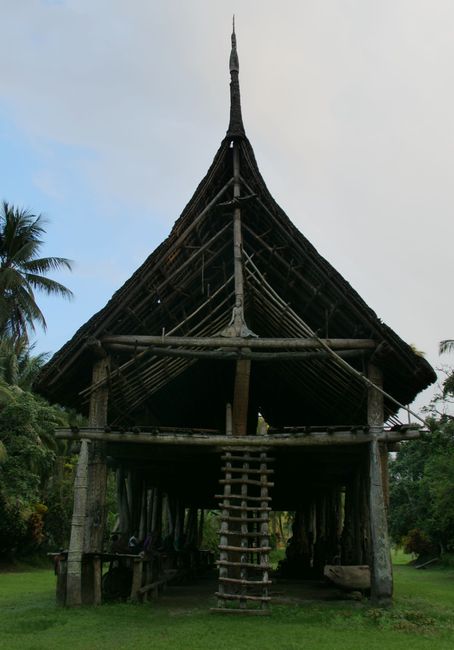
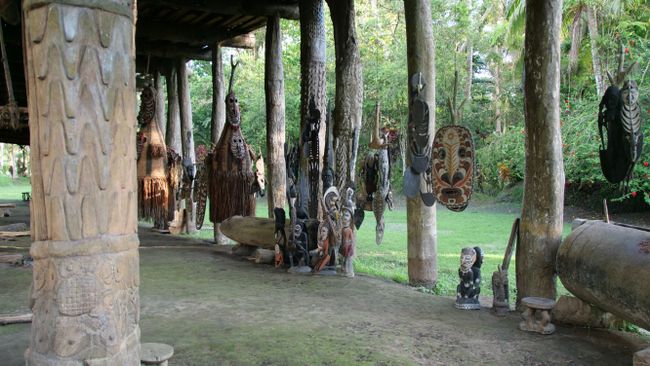
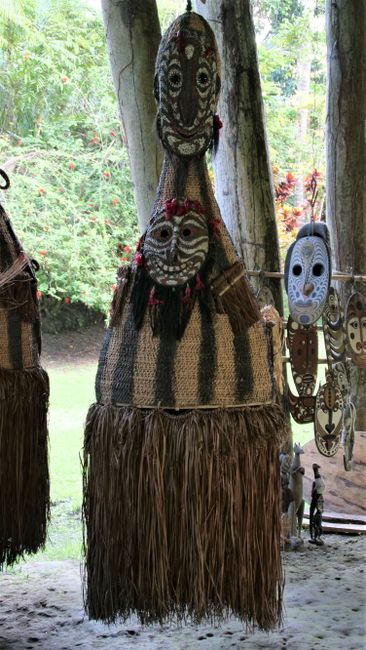
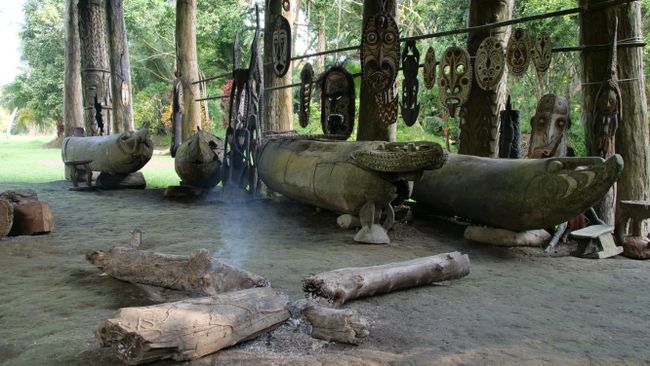

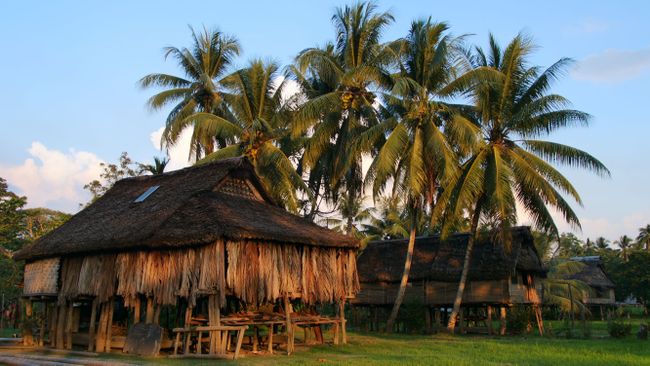
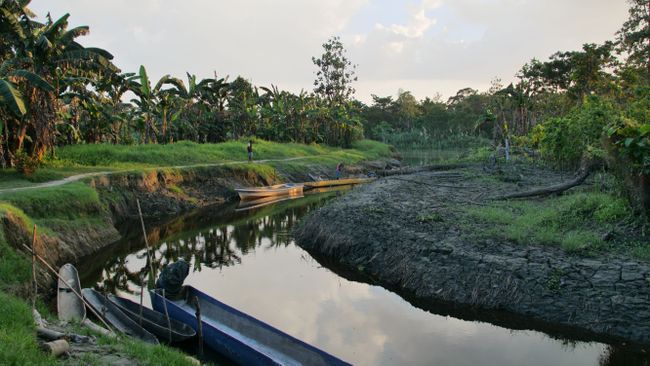
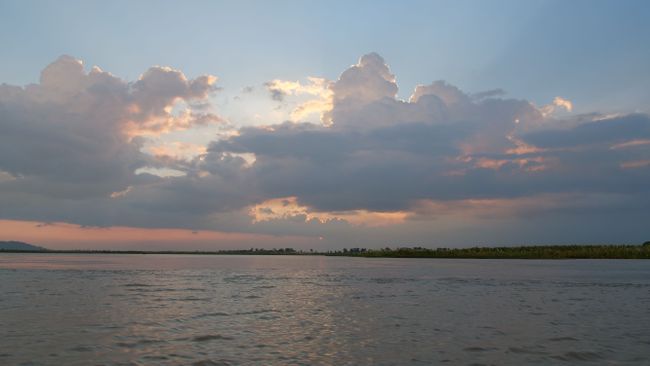
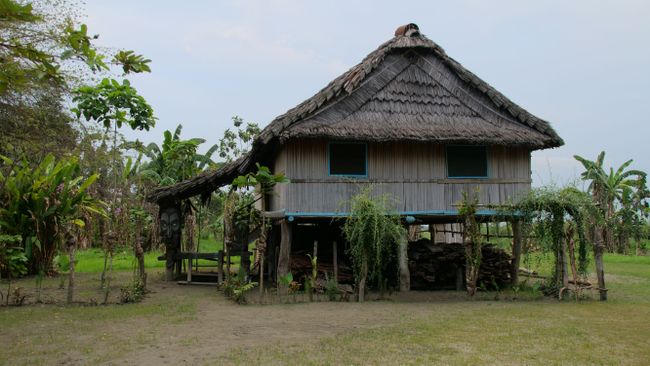
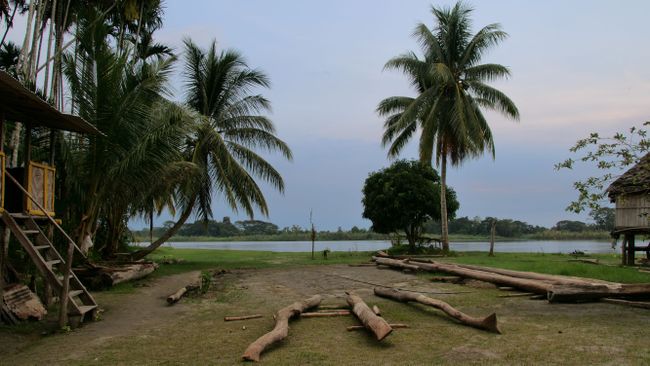
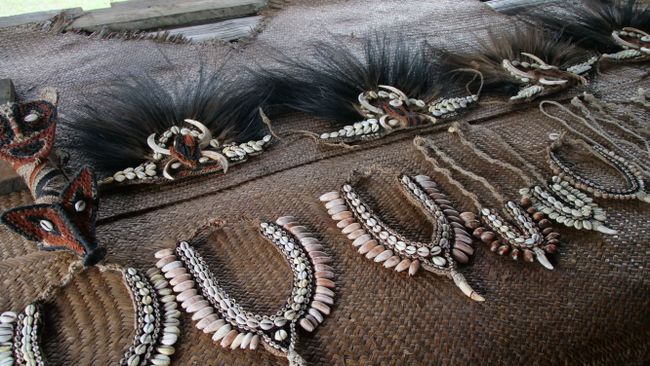
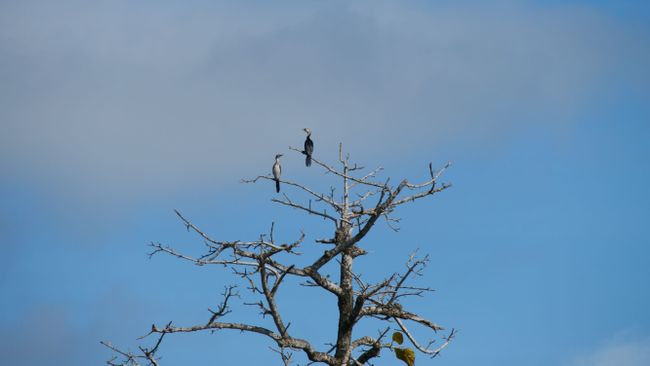
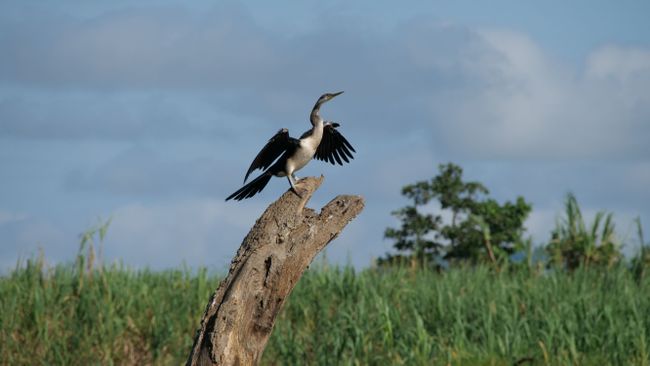
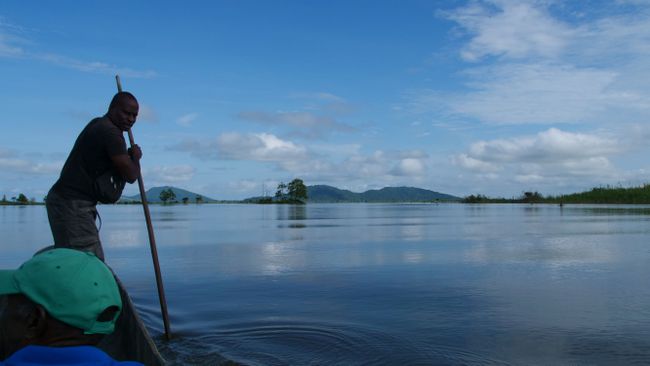
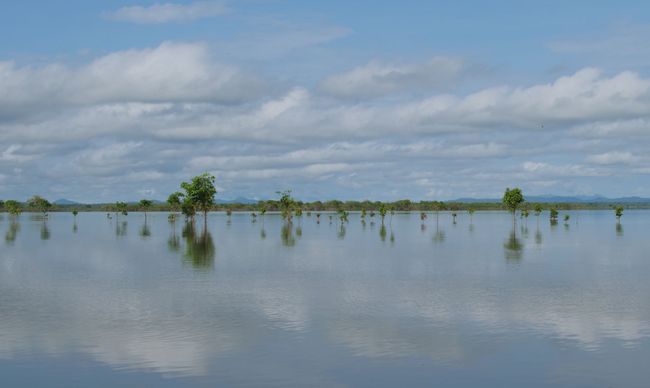
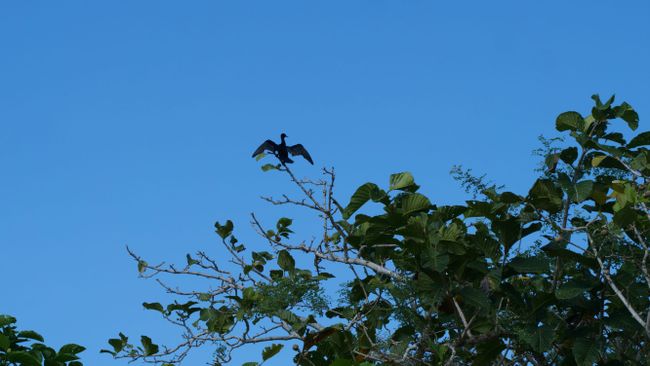
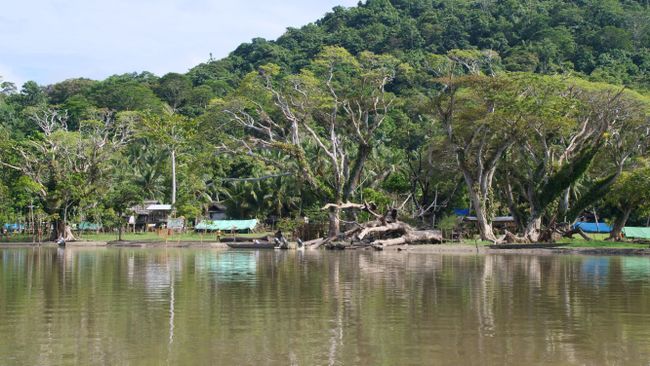
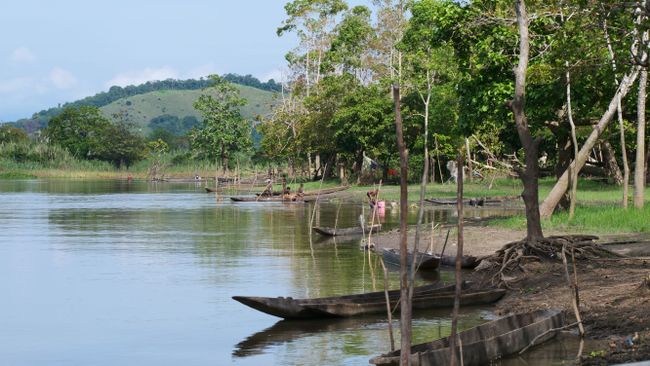
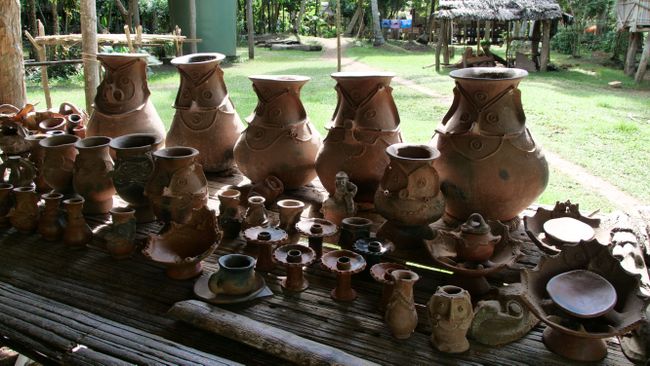
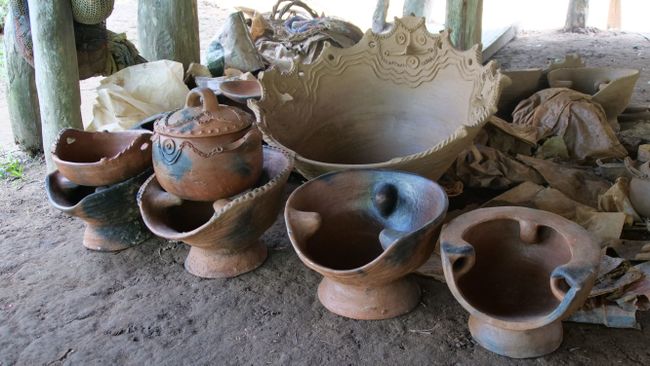
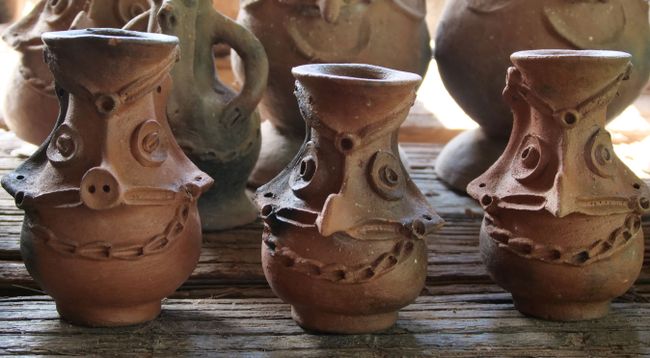
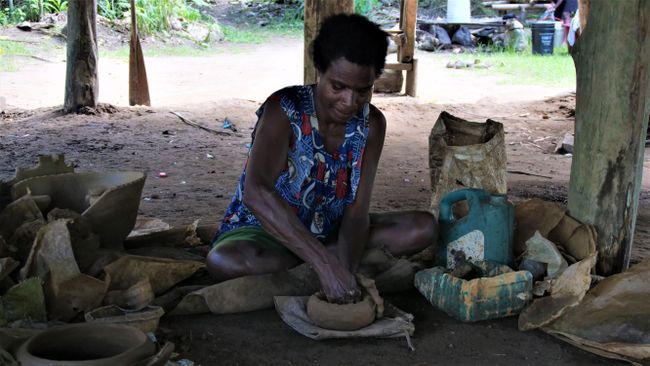
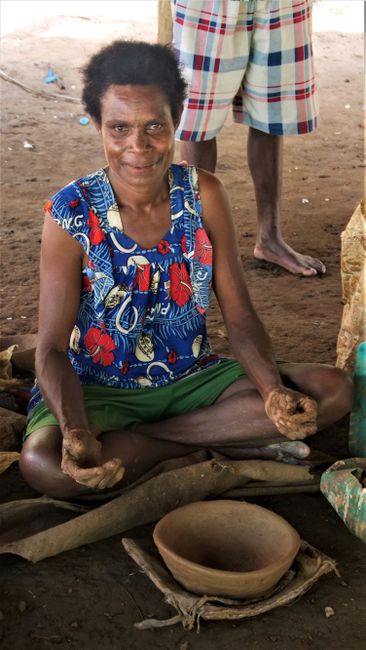
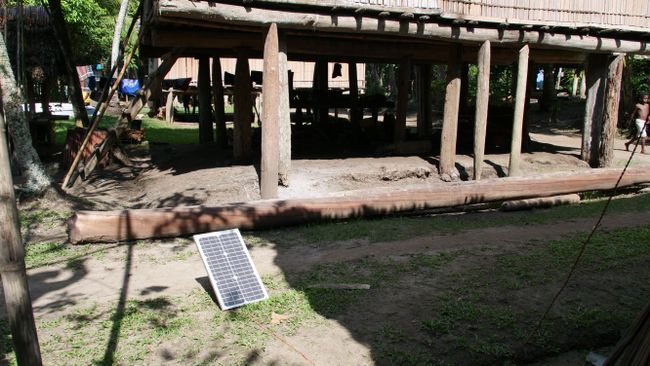
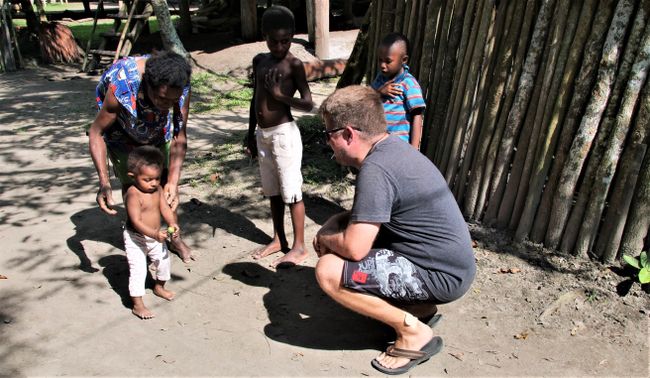
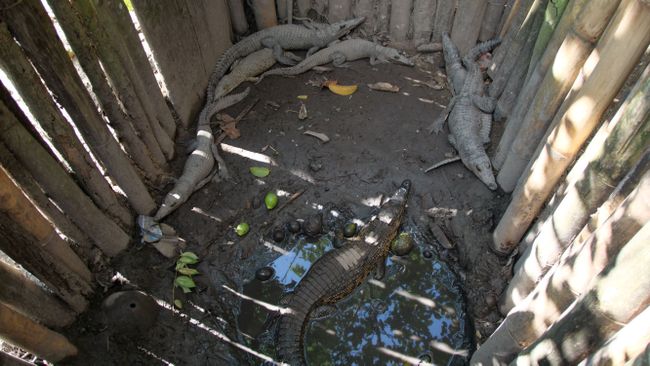
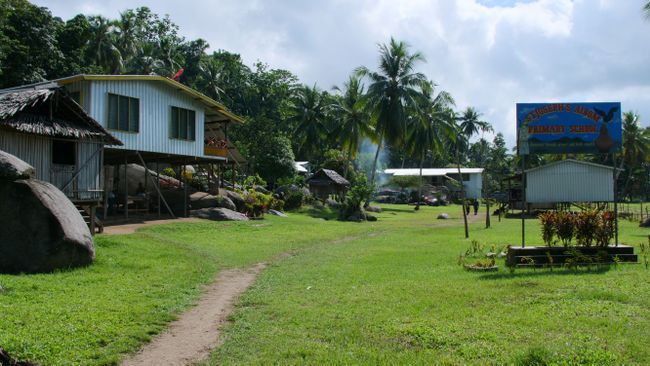
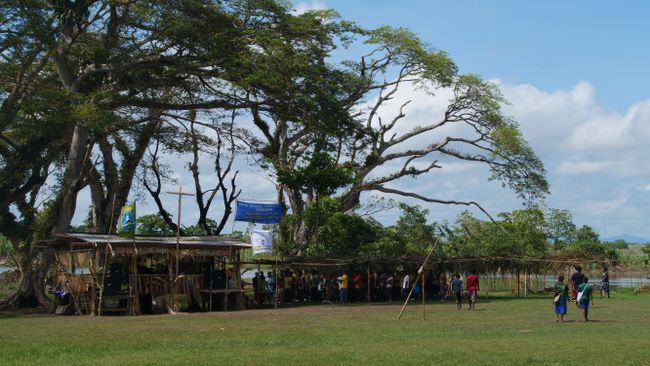
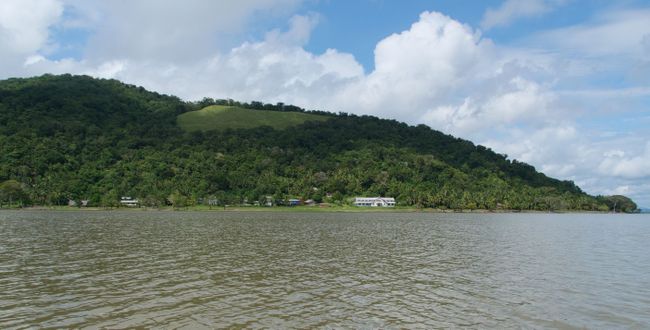
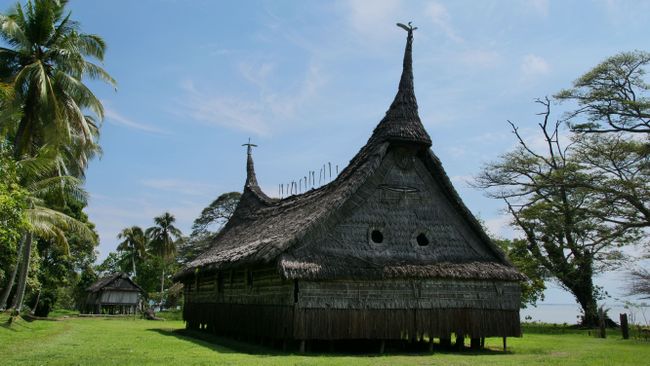
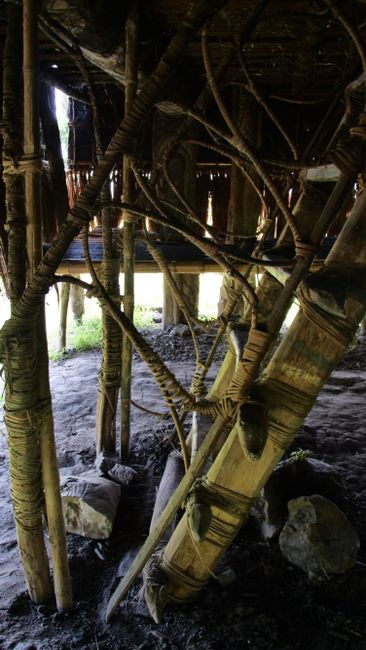
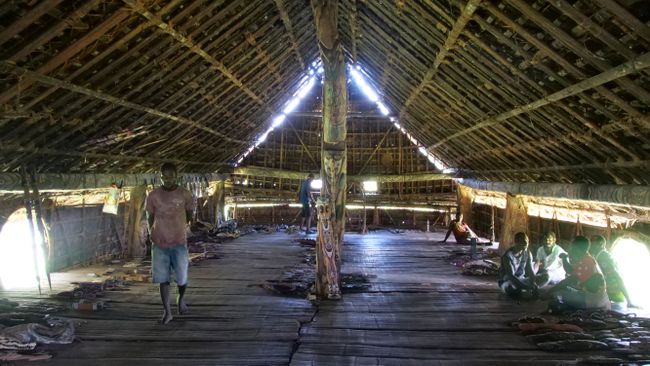
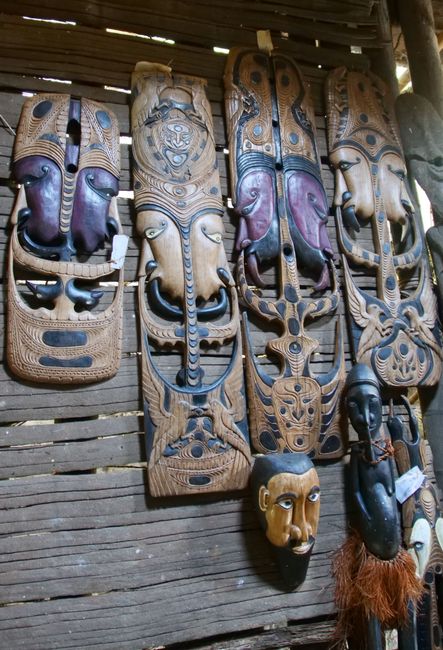
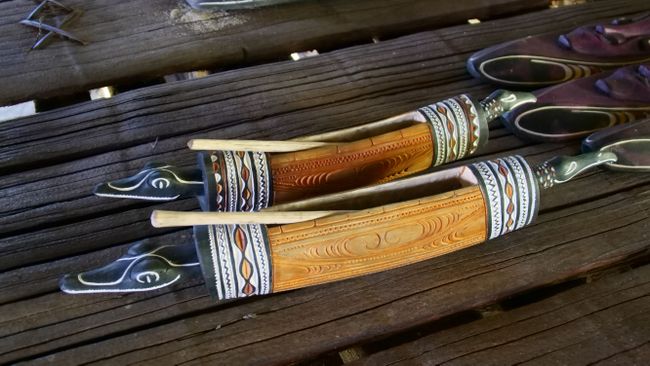
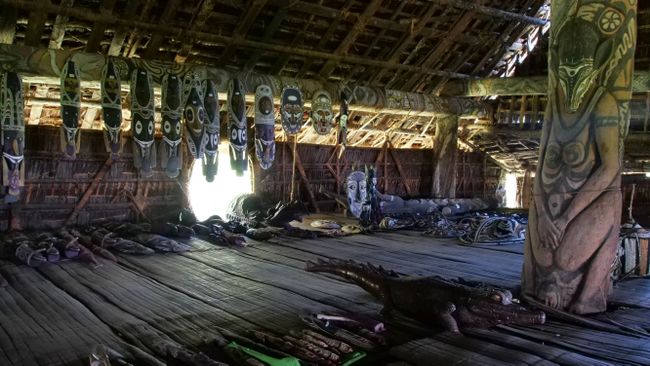
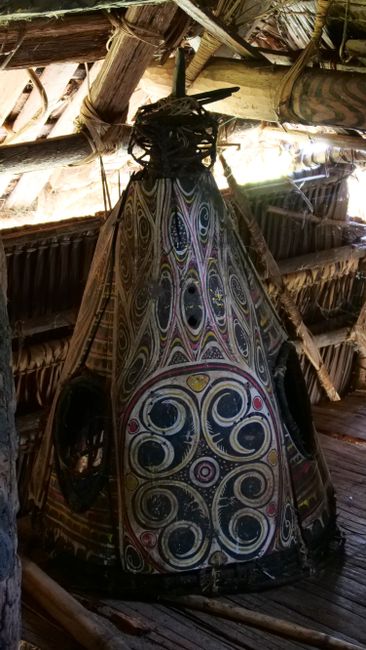
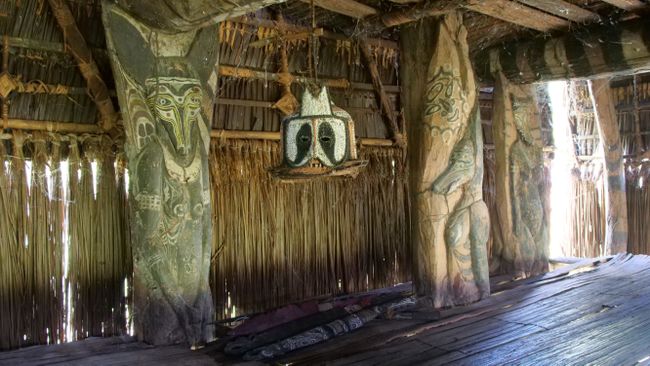
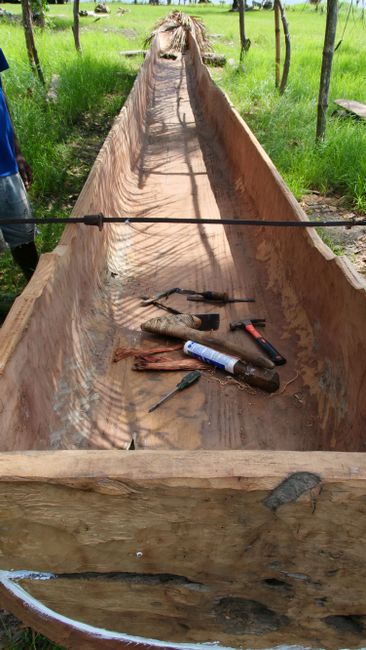
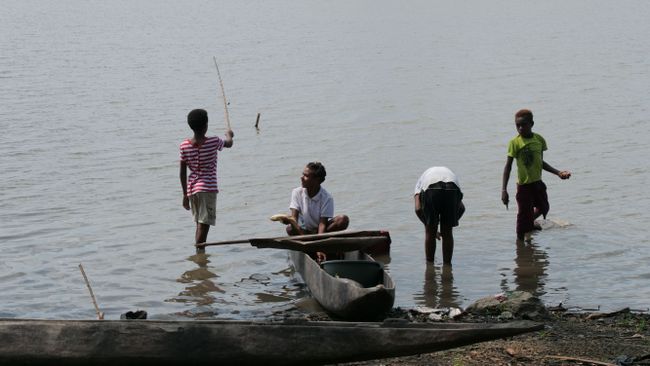
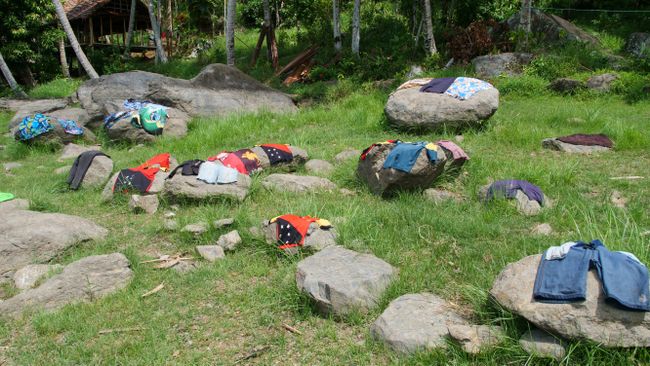
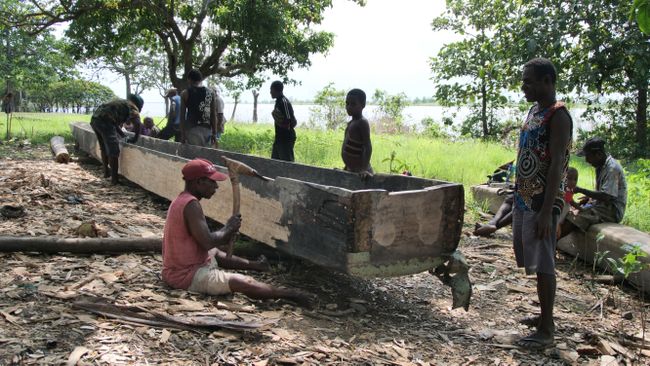
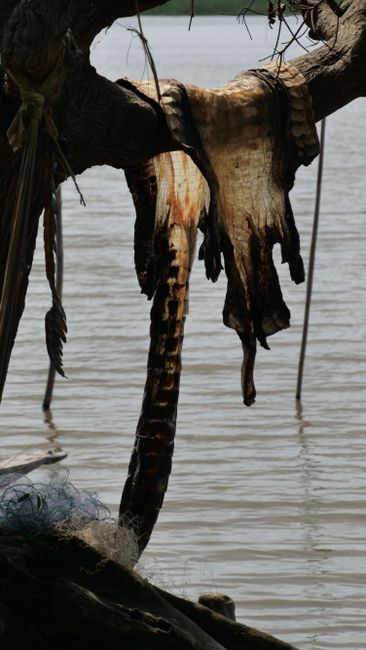
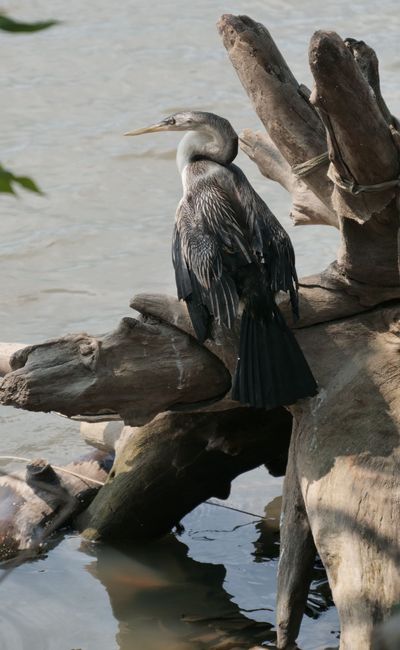
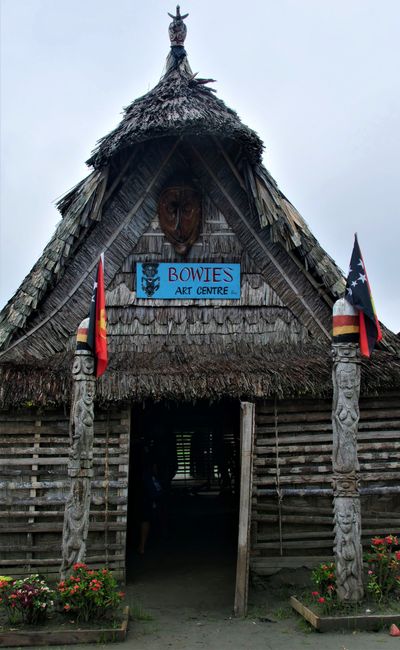
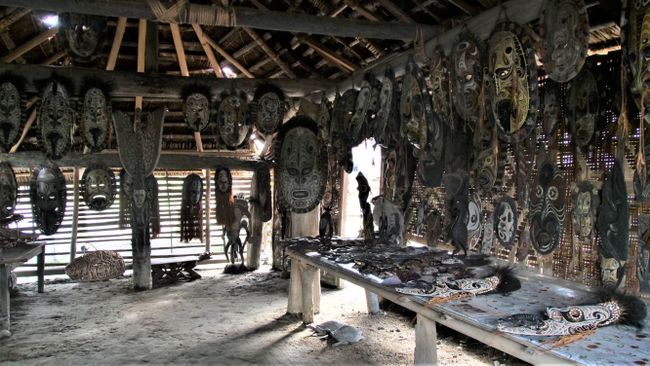
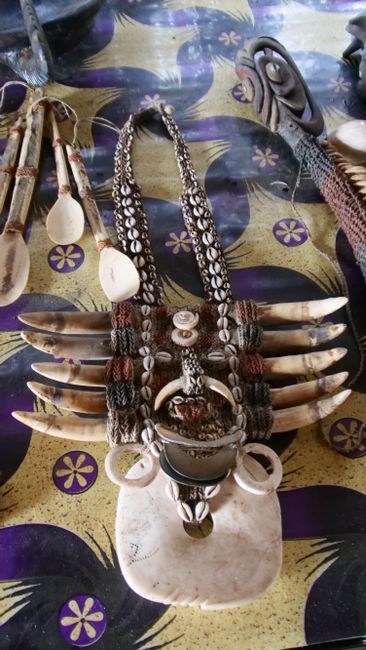
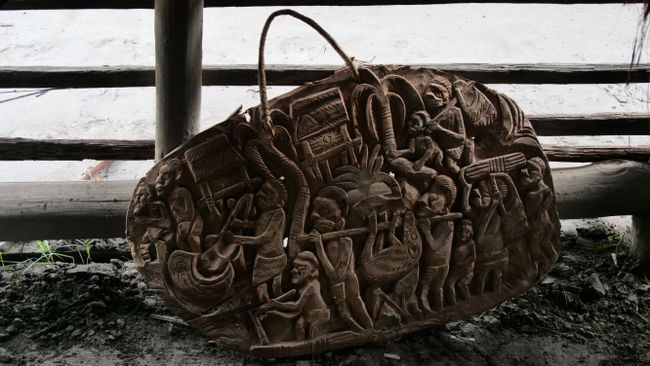
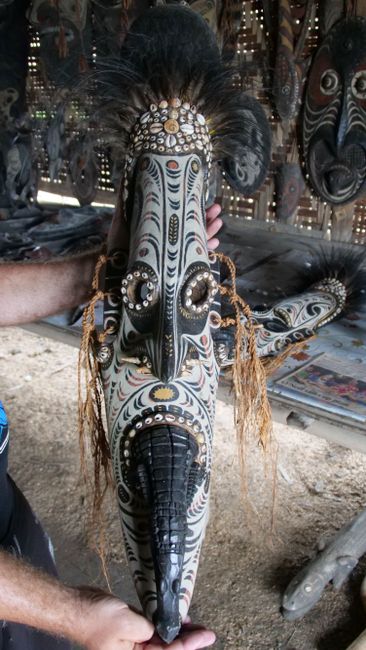
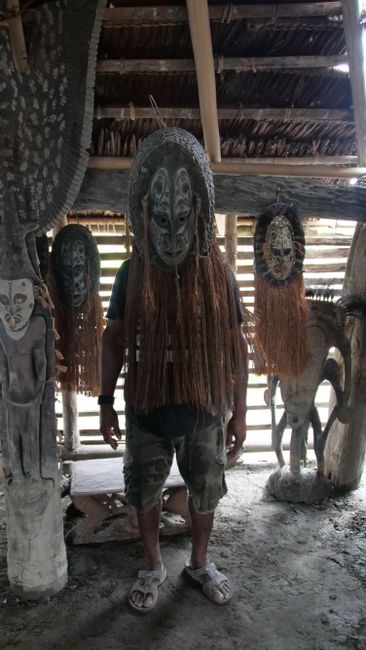
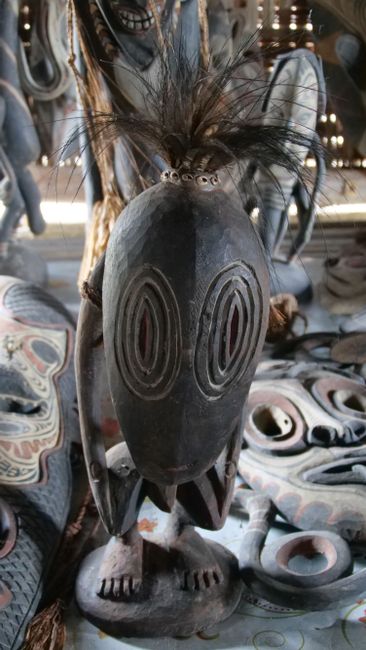
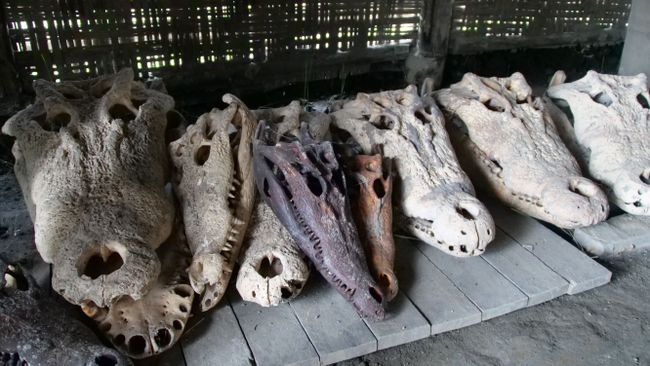
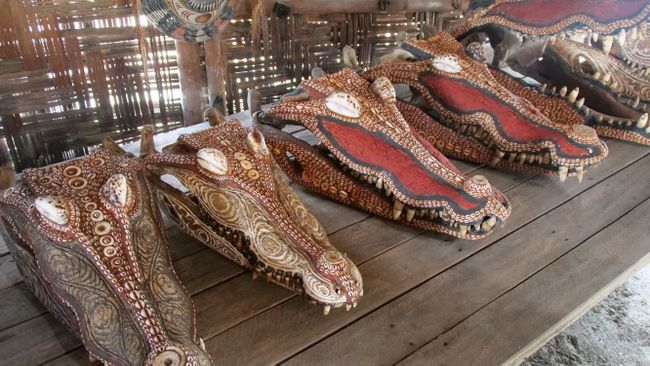
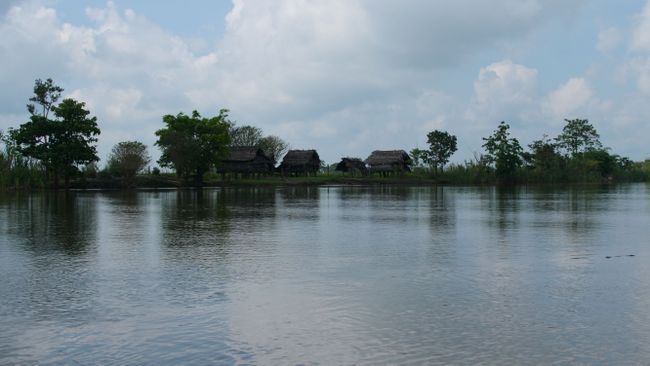
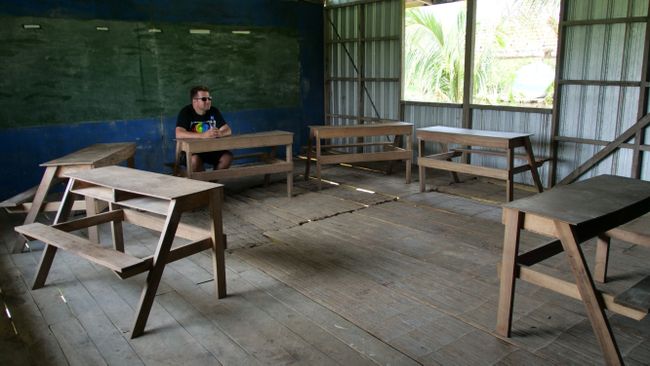
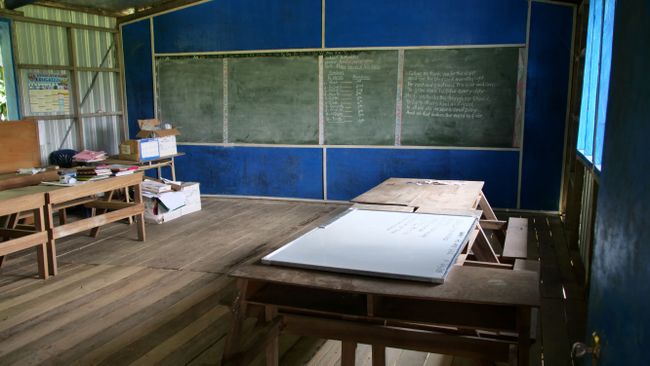
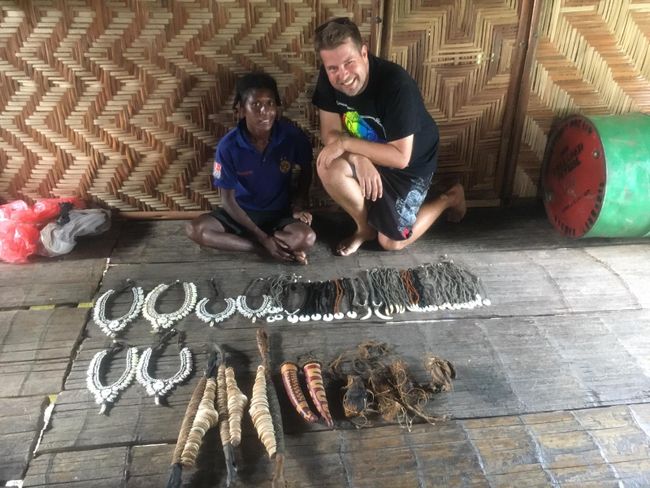
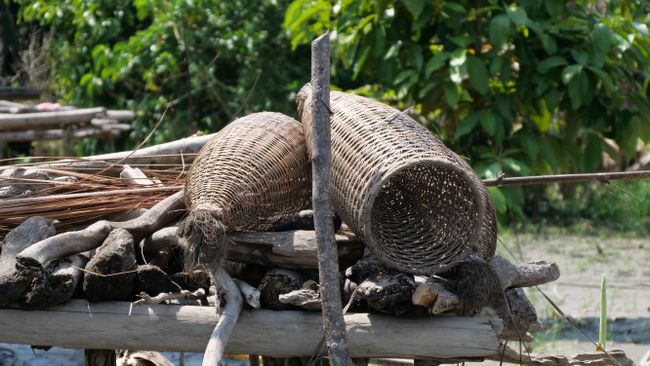
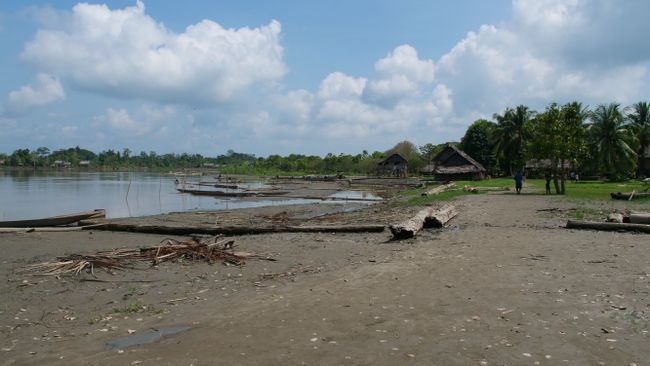
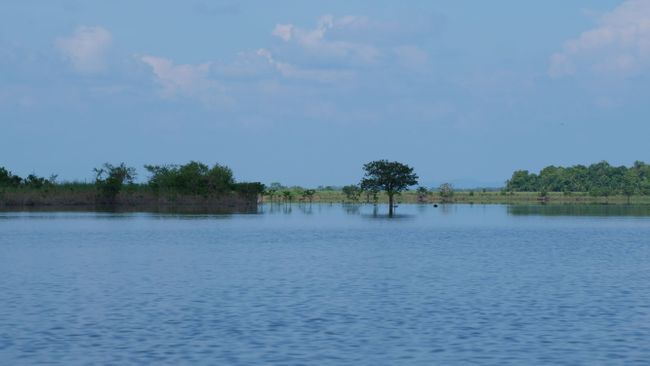
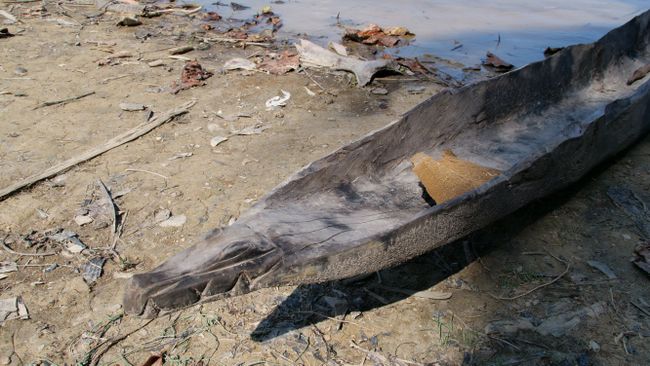
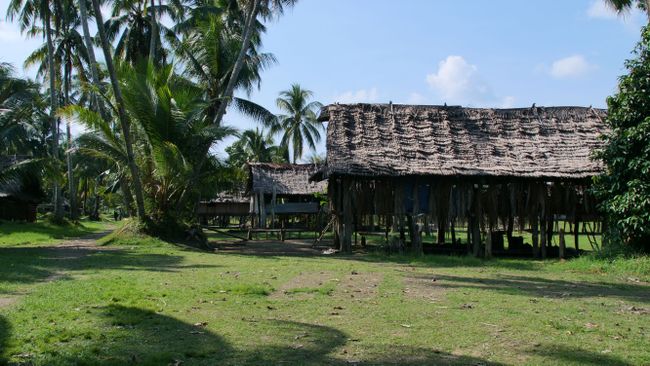
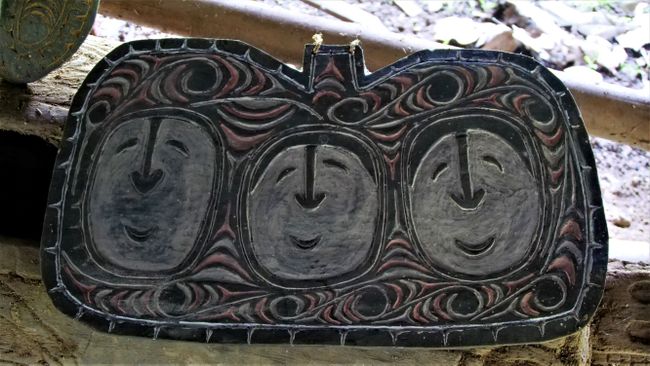
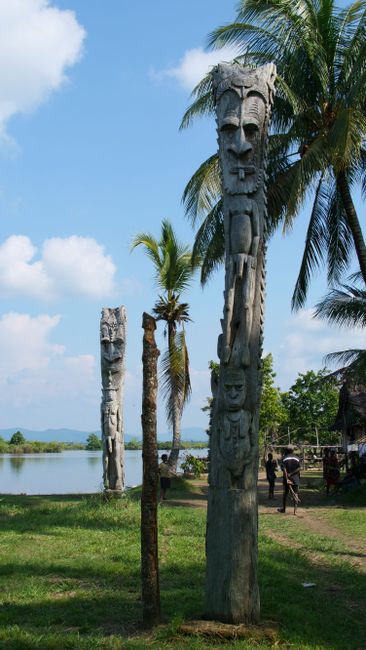
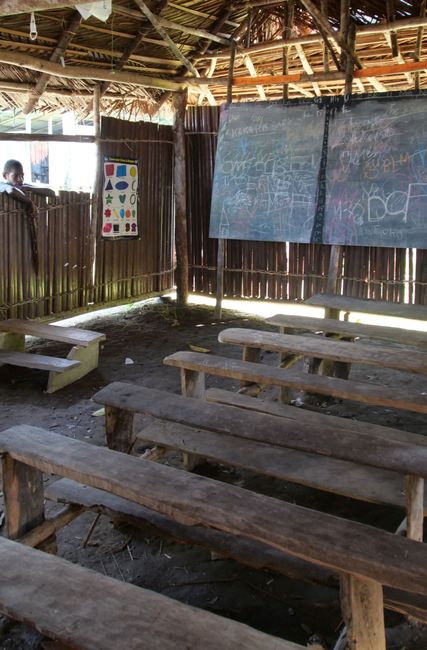
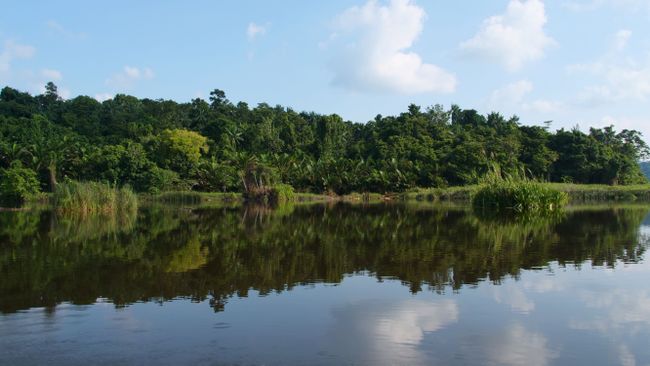
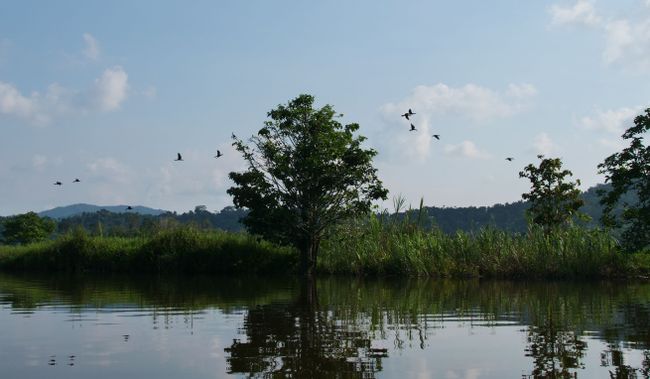
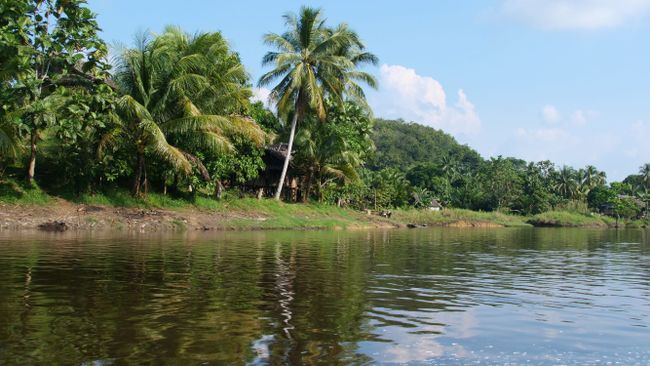
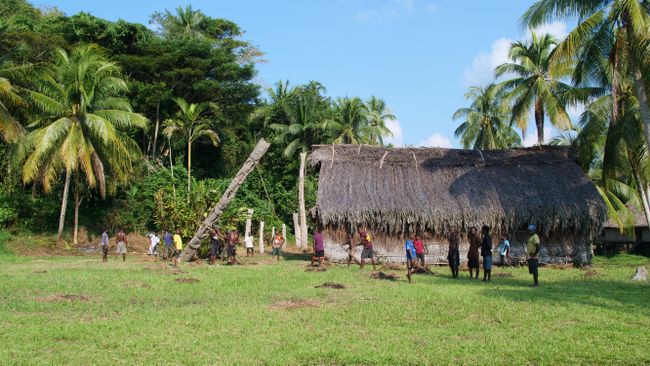
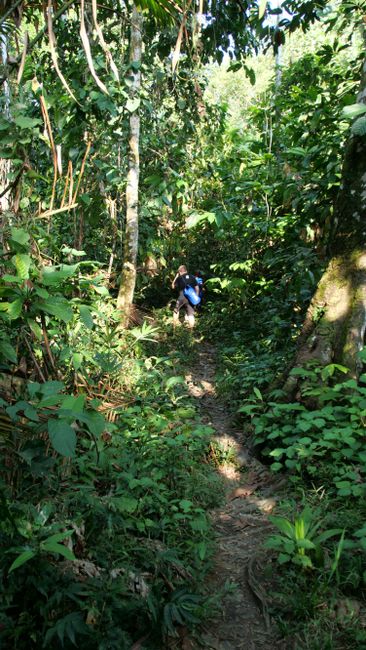
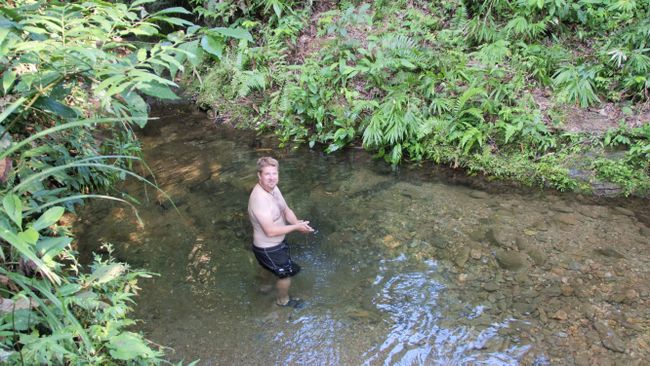
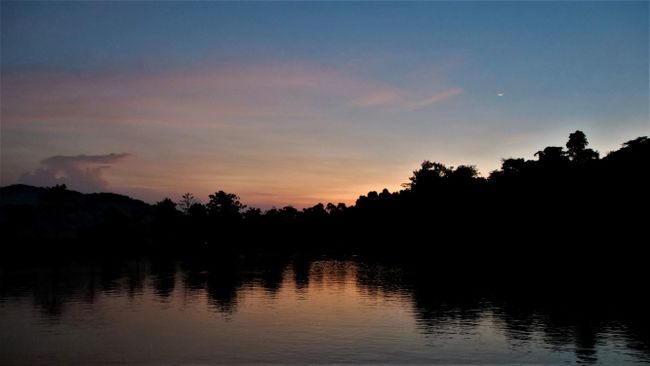
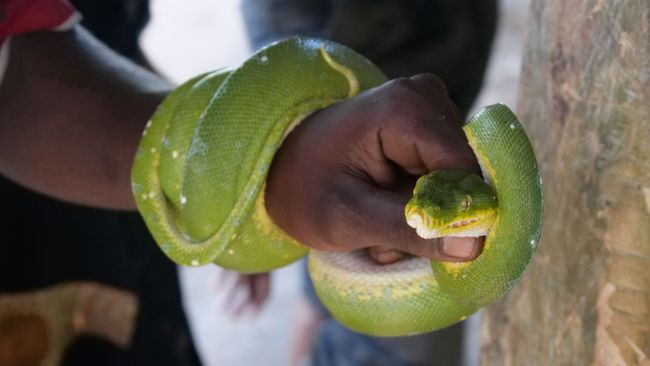
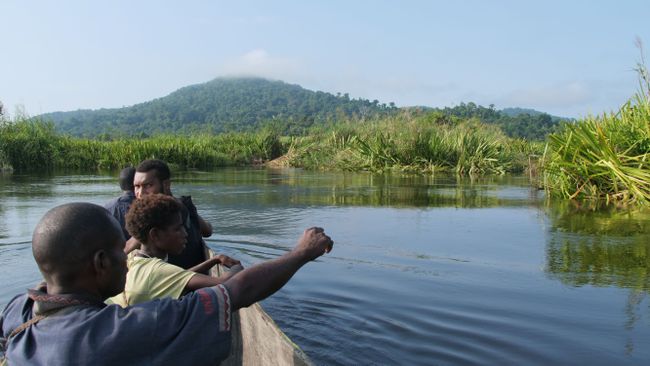
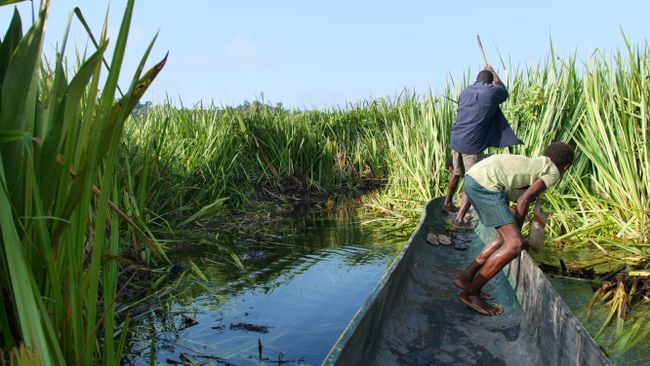
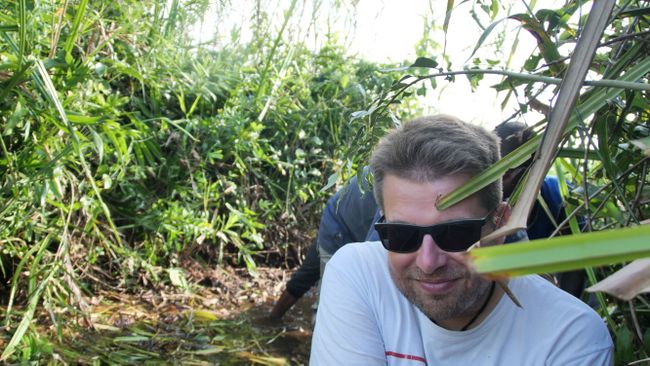
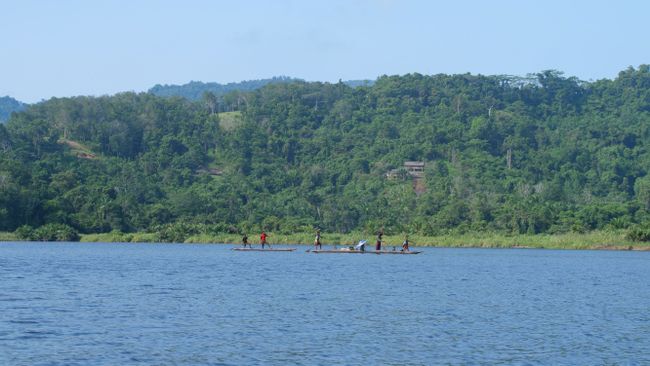
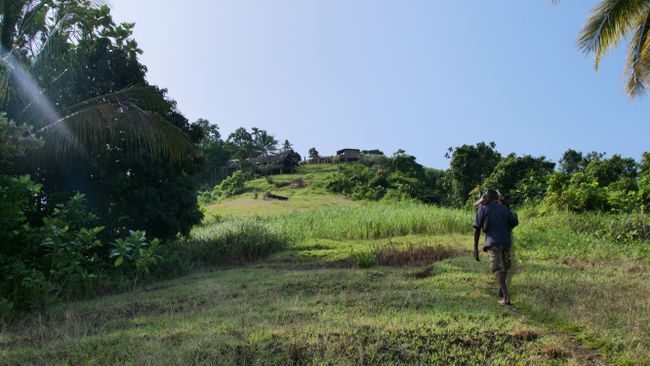
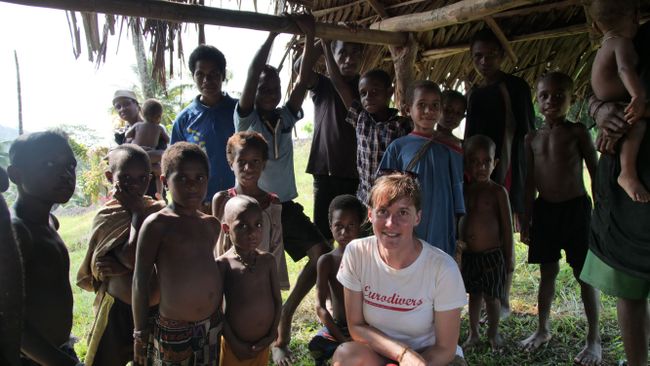
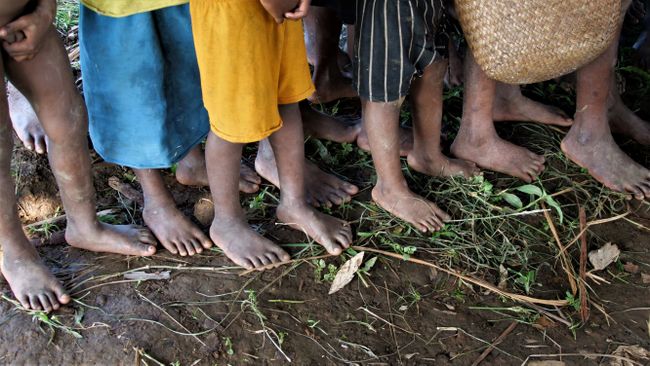
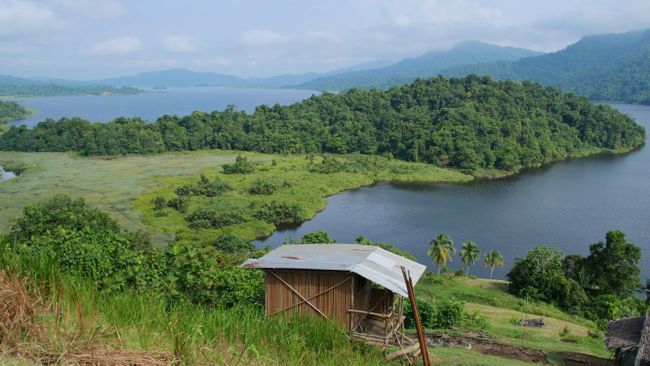
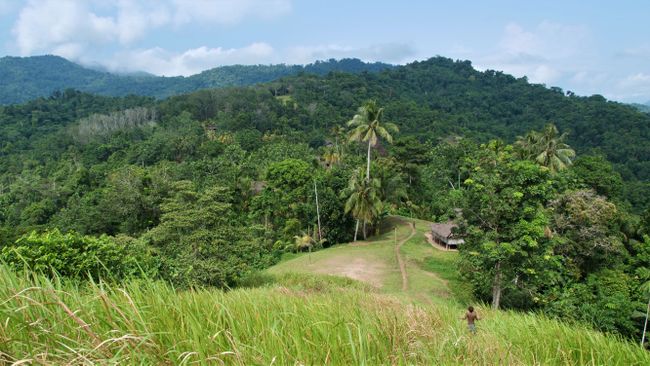
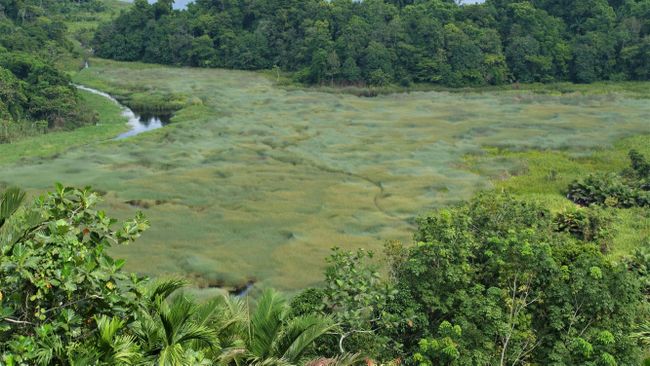
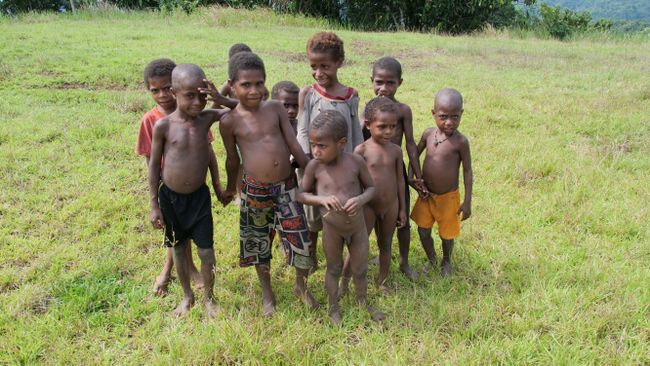
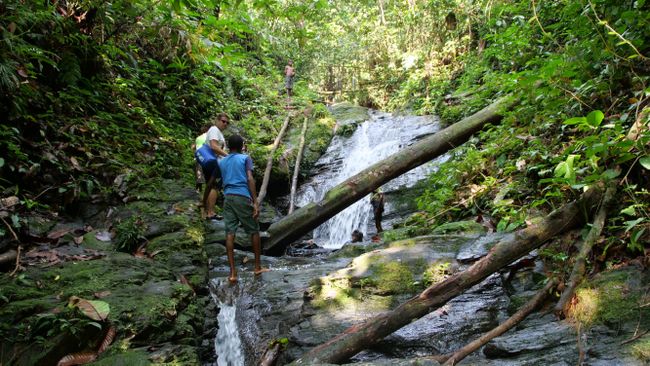
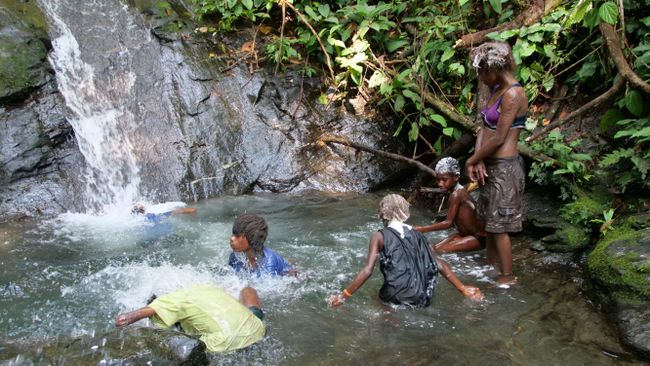
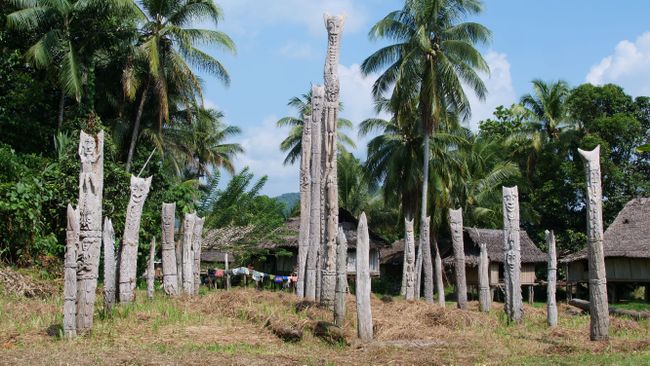
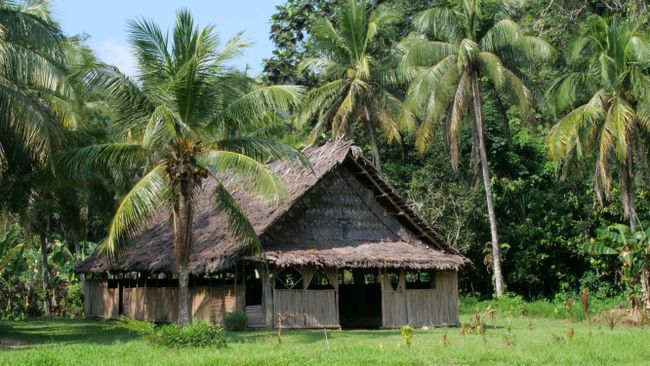
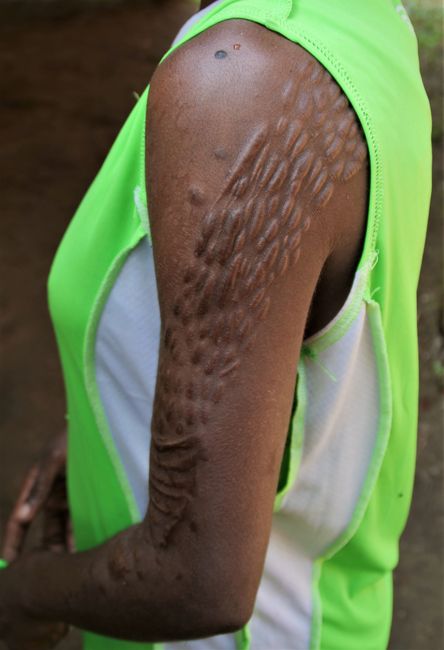
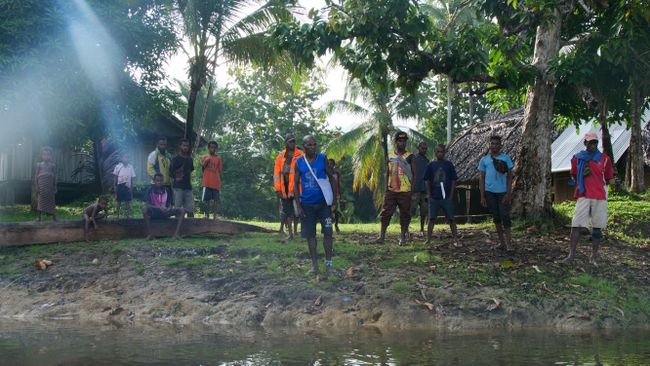
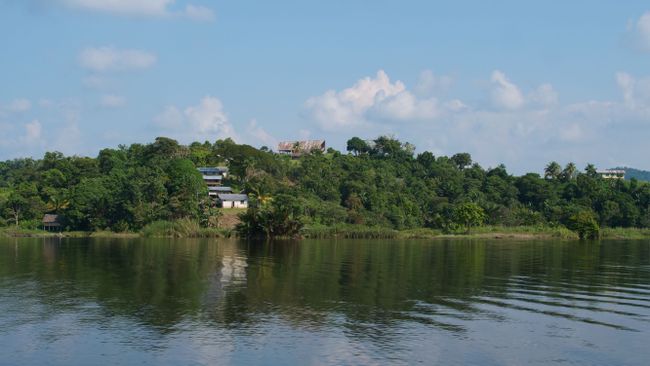
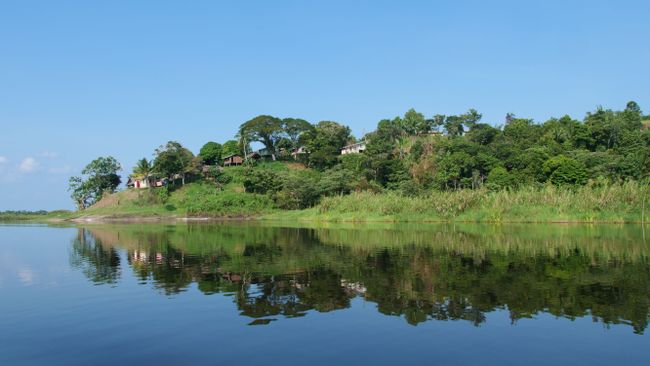
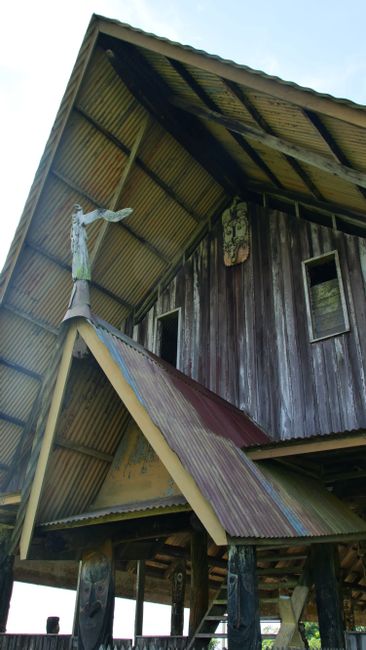
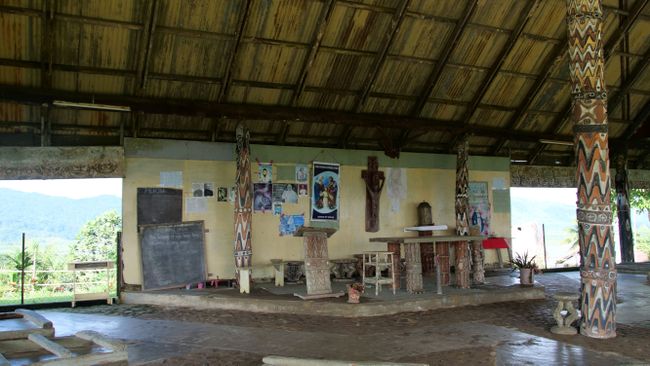
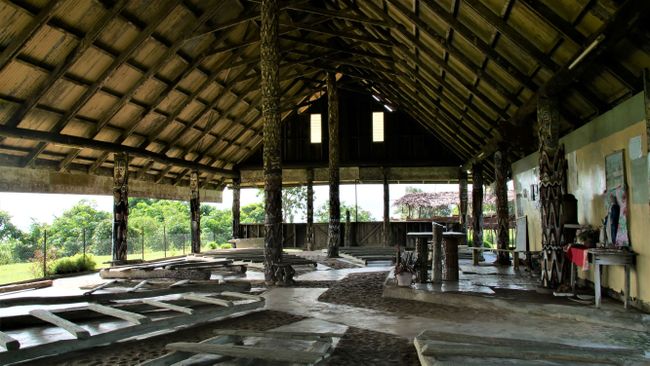
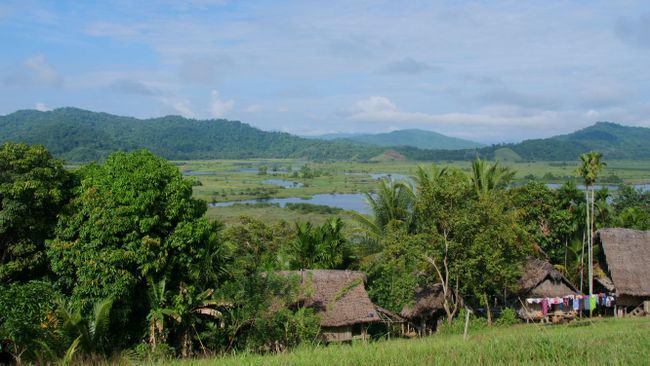
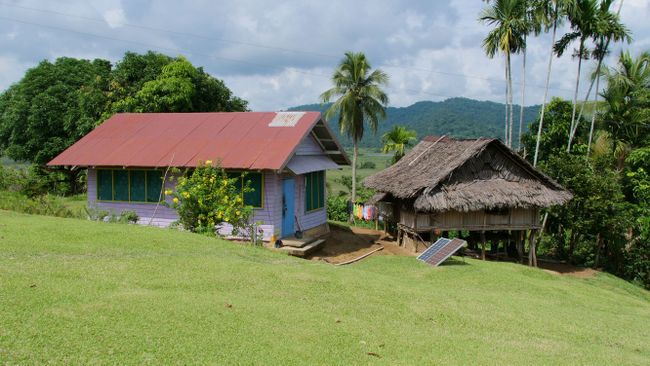
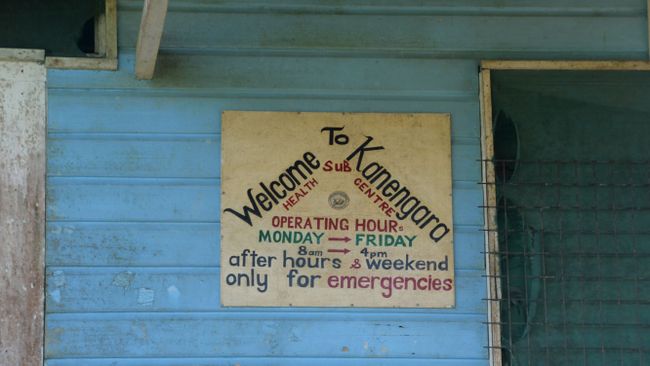
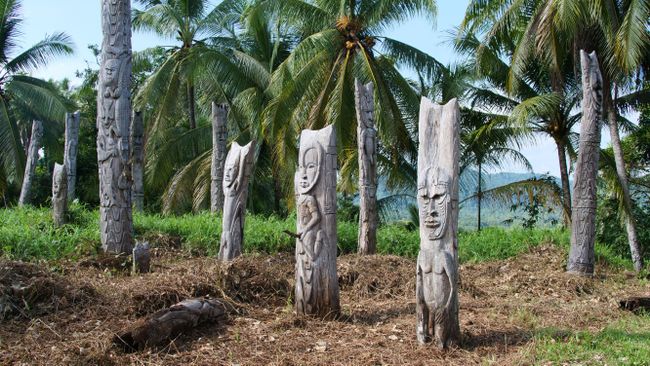
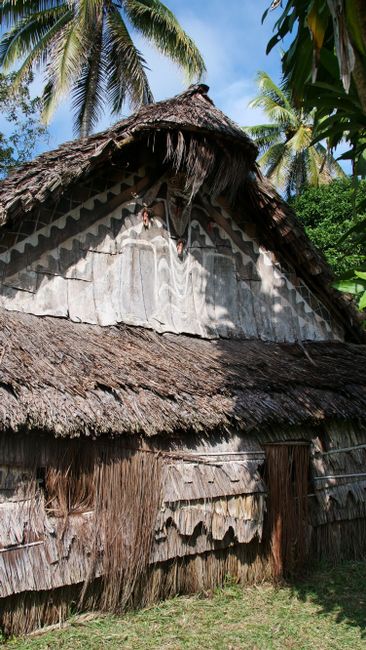
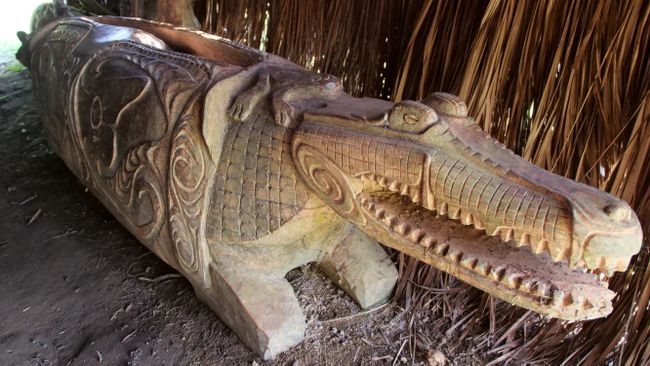
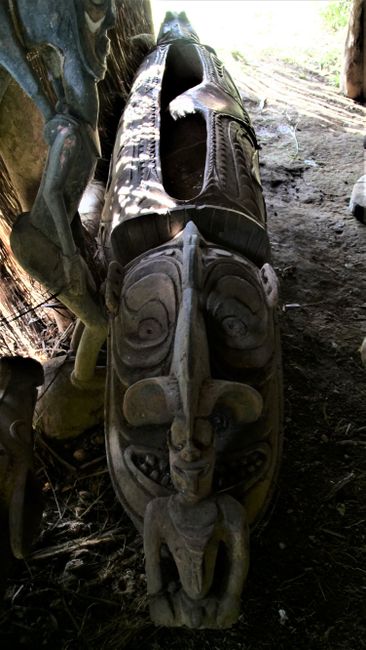
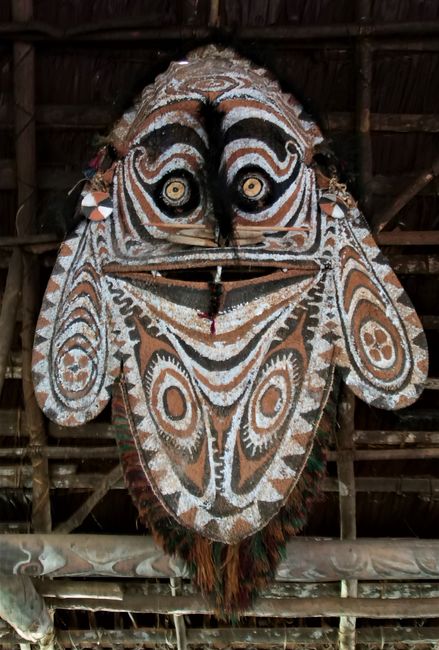
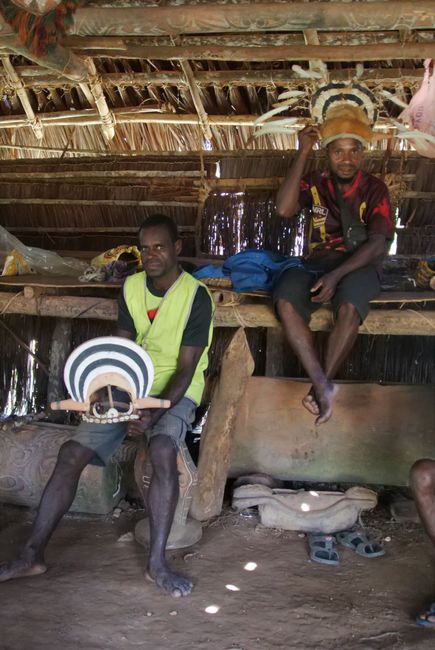
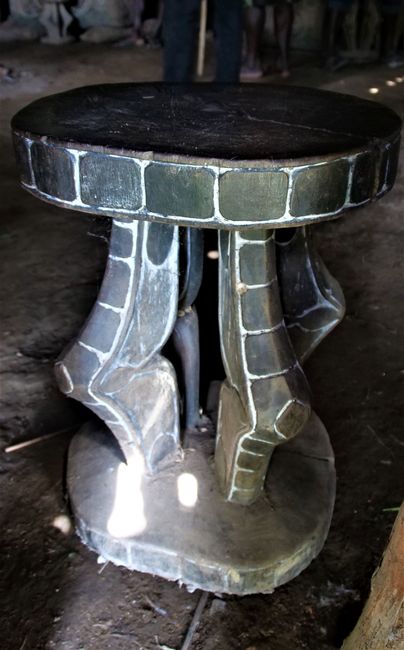
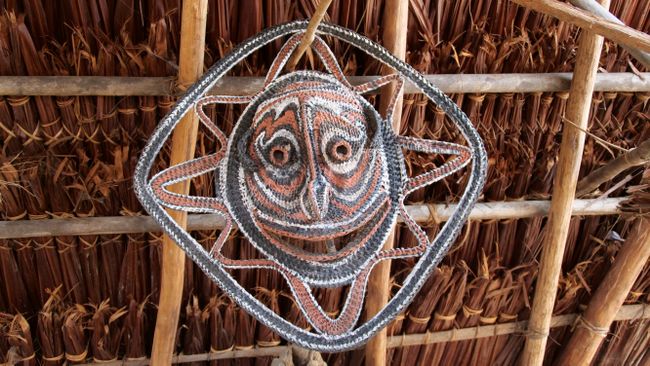
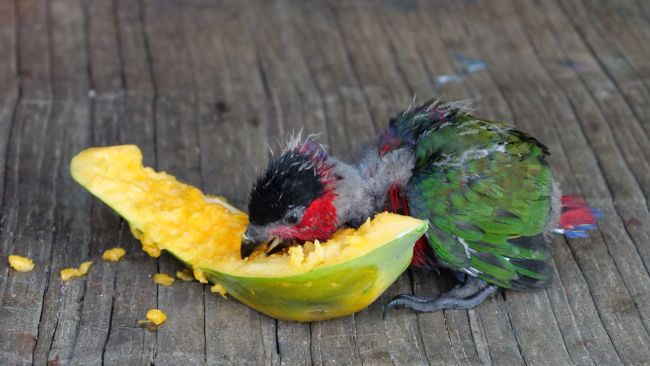
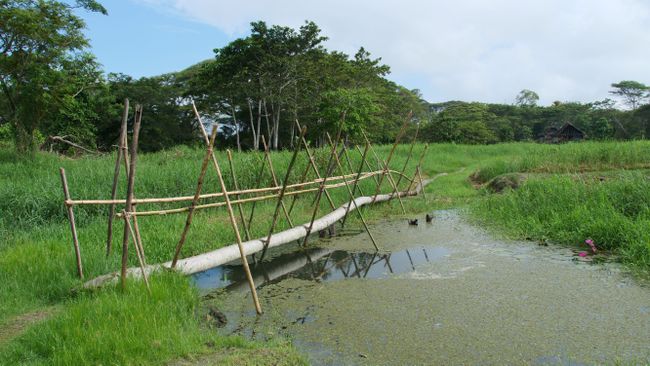
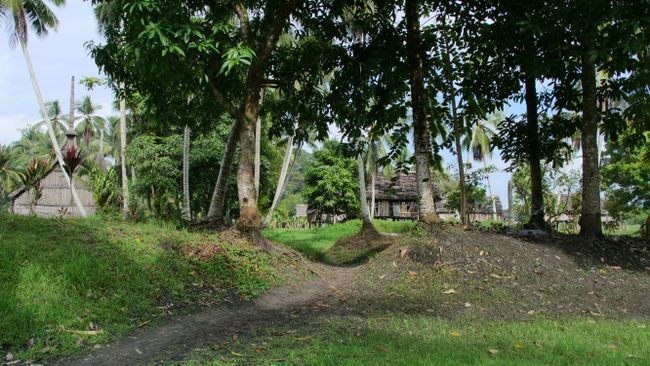
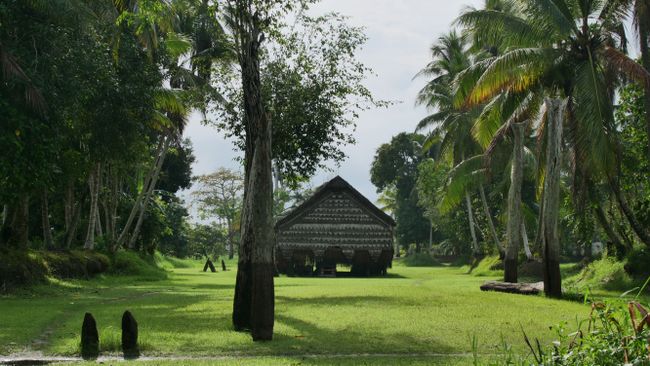
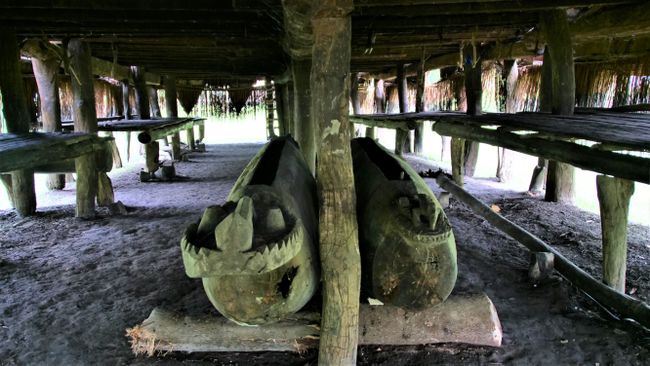
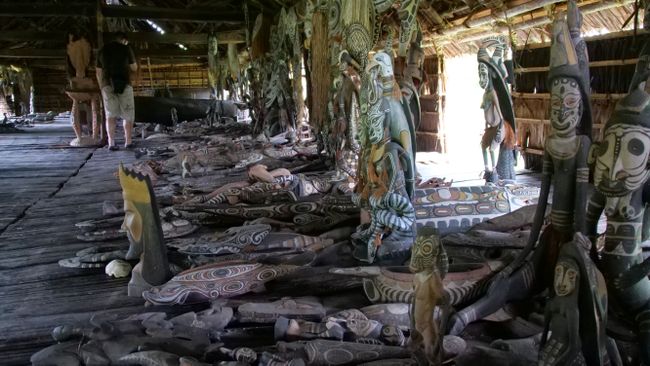
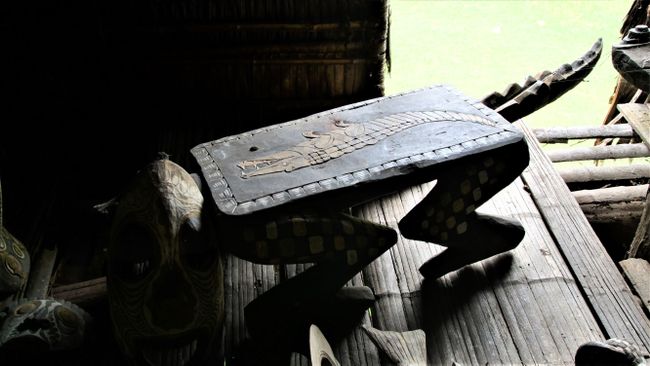
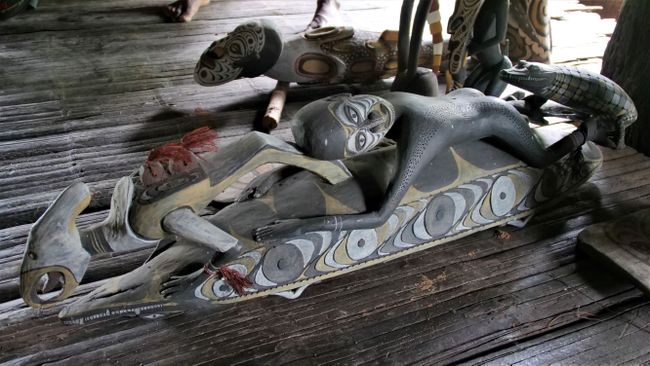
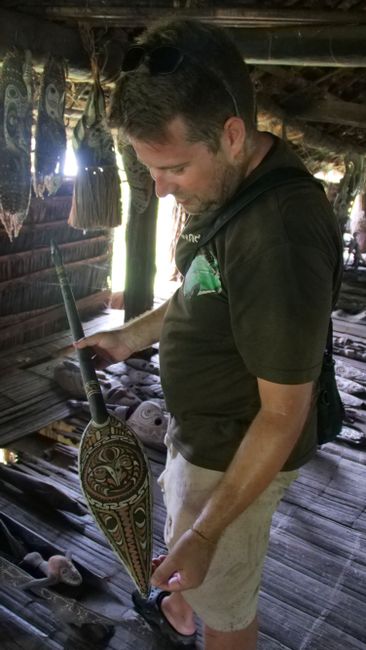
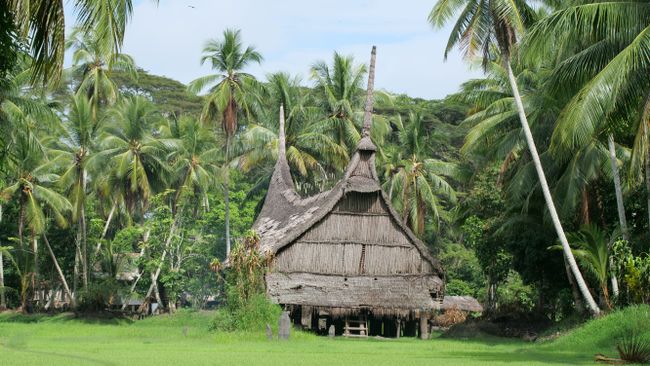
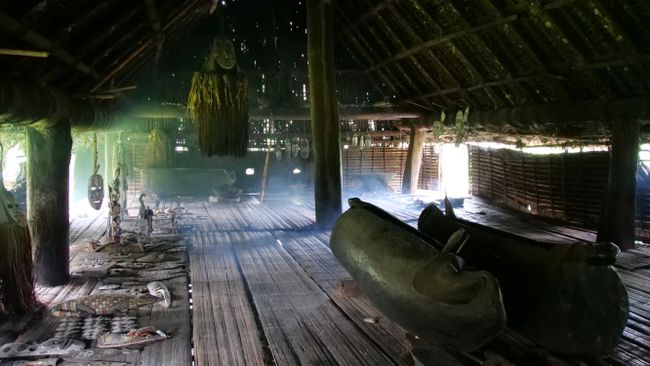
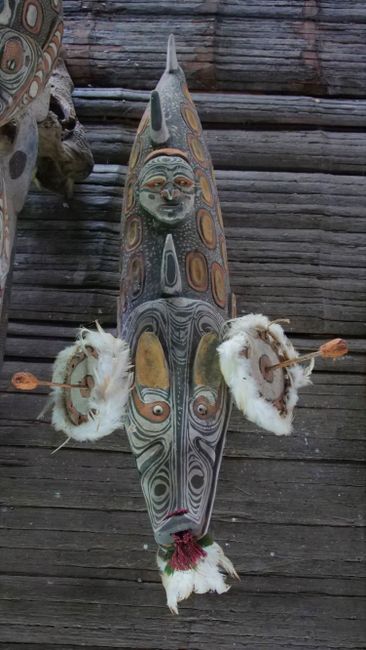
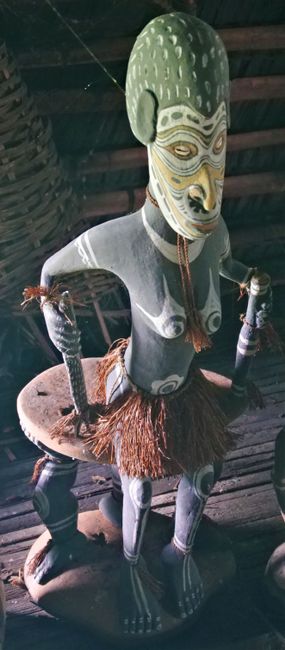
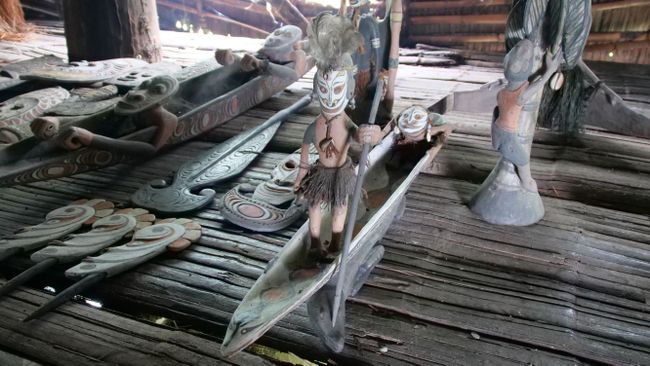
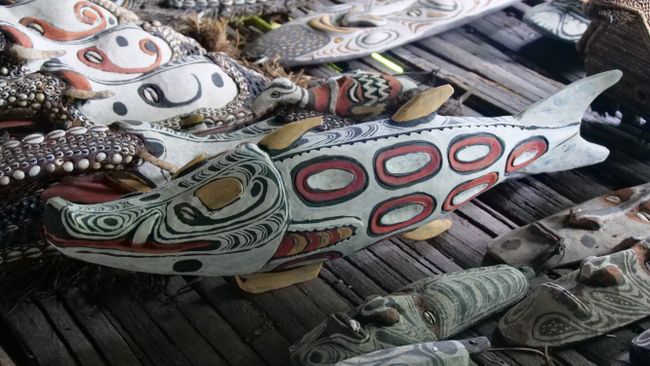
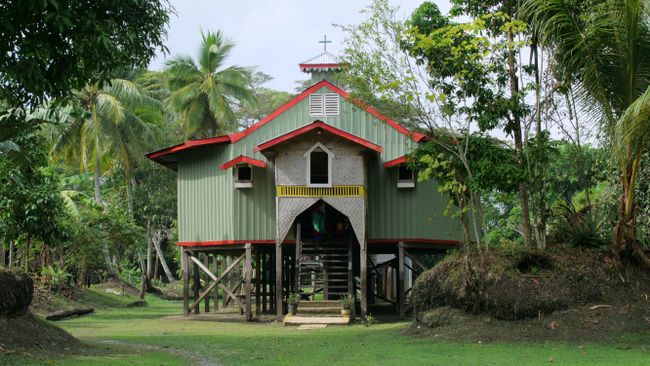
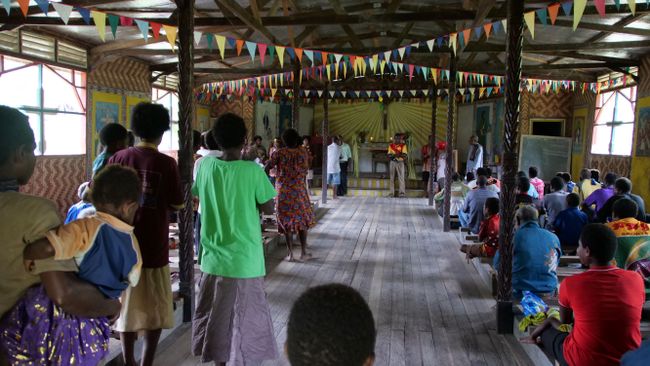
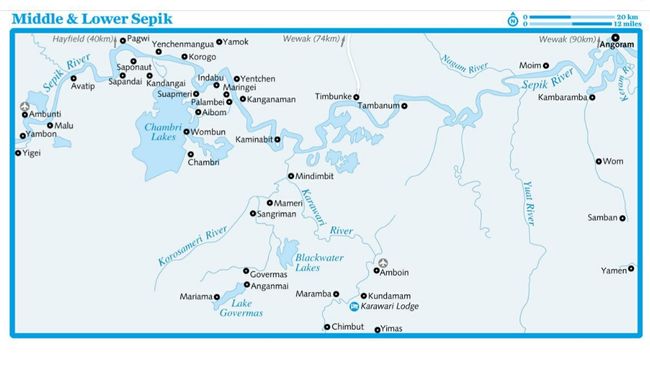
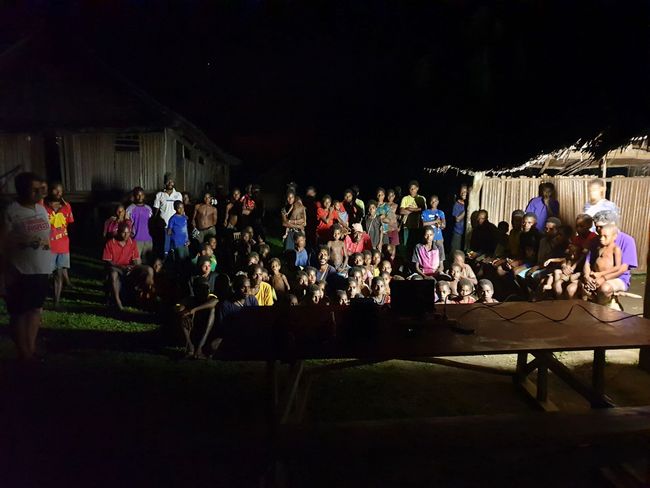
Ақпараттық бюллетеньге жазылу
Onwards to the Mighty Sepik... It winds its way through serpentines, covering 1,126 kilometers through swamps, tropical rainforests, and mountains.
02/07/2019
The planned departure from Wewak at 8:15 a.m. was delayed until 10:00 a.m. Time doesn't run as fast here, so we had to exercise some patience. With a driver, mechanic, security man, our guide Cyril, and both of us, we set off in an off-road vehicle. Our first stop was a supermarket in Wewak, where we bought water for the next 6 days. We drove through the city, past the beach and the tuna factory. So, this is where the many tuna cans we saw in the supermarket are filled. Just outside, we enjoyed a last view of the city and then continued through small villages and past markets. Occasionally, we made a stop here to buy fruits and vegetables for our tour. The road was lined with many and sometimes very deep potholes. Despite the fast driving and the off-road vehicle, it took us 3.5 hours to cover the 142 kilometers to Pagwi. Pagwi is one of two places that can still be reached by car, and then only by boat on the Sepik. In the small town, consisting of a few houses, mom-and-pop stores, and a gas station, there was a lot of activity. Our vehicle for the next few days was a typical canoe, but with an attached motor. It was loaded with all the utensils, our luggage, two chairs, the security man, Cyril, and us. The sun was scorching, and we were relieved when we finally felt the breeze. After about 2 hours of driving, we arrived in Kanganamun. We were welcomed very warmly and visited our first Tambaran house. Most villages along the Sepik have one of the Tambaran houses. They are also called Spirit or Men's Houses, as women are forbidden to enter. However, female tourists are lucky. The houses serve as meeting places for the men of the village, where negotiations and rituals are held. Some houses have 2 floors. They are equipped with garamut drums, drums used to call or alert the villagers, with raised benches where the different clans of the village have designated seats, with different masks, cult figures, and a spirit chair. The men in the house were all very friendly, answered all our questions, and told us a lot about the traditions and their lives. After a very impressive time, our boat trip continued to Kaminabit. Cyril's wife, Katy, lives here. We spent the next two nights in their guest house.
03/07/2019
After a pancake breakfast prepared by Katy, we set off with our canoe to the village of Aibom. The village is known in the region for its pottery. The women make vases, jugs, and fire bowls. And they do it all without any technical aids, only with their hands. We received a brief introduction. The actual pottery site and the kiln are hidden somewhere in the mountains. Only the initiated know where. This craft and the mentioned location are forbidden to men. We took a short tour of the village, and then continued our trip to Lake Chambri. The lake is huge but relatively shallow. During the dry season, the entire lake dries up, leaving only a channel to reach certain places. Chambri is one of those places. We had enough water and reached Chambri comfortably. Here, we visited a very impressive two-story Tambaran house. The upper floor was filled with abundant carvings. We signed a guestbook. Only about 100 visitors have been here since July 2018. During a stroll through the village, we were able to observe the residents doing typical tasks, women fishing and men making and maintaining traditional canoes. Laundry was hanging in other corners, and crocodile skin was drying. The small village is home to only about 100 people. The first missionary arrived in 1953 and supported the people.
04/07/2019
The village of Kaminabit, where we stayed, consists of three parts spread far apart along the river. They can be reached on foot, but it would be quite a long walk. So, we took our canoe to reach the part of the village where Bowie's Art Centre is located. A whole house full of handicrafts. Face and full-body masks, crocodile skulls, wooden figures, headpieces, and necklaces. Ronnie, the owner, sells the impressive works from different regions of the Sepik for a small fee. Our journey continued towards Blackwater Lake. Our next stop was the village of Mameri, which has about 300 inhabitants. The children were on vacation, so we had the opportunity to take a look at the village's school. We spent lunchtime with a local family, with the oldest son Benni. We tried freshly caught shrimp from the river and ready-made sago pancakes. In the afternoon, we visited the small village of Kabriman. Some crocodile head canoes were abandoned by the water. The residents were curious and watched to see who was visiting. We took a look inside a small, dark Tambaran house and through the window into the empty school. The village had a church, but only two totems remained. We set off again to arrive in Govermas in the late afternoon. We were the first visitors to the village this year, and once again, everyone looked at us with curious eyes. Here, we set up our sleeping place for the next two nights. A 15-minute walk through the village took us to a spring. Finally, the opportunity to take a refreshing bath. After three days in the hot Sepik region, it was about time. Like in every other place along the Sepik, the people here live without running water and electricity. The generator is occasionally turned on to charge the few electronic devices. We managed to convince the village elder, Dominik, to turn on the generator to power our laptop. A movie night for the villagers, as they have never seen moving images in their lives. The news spread quickly. Loaded boats and people from the far corners of the village arrived. The "open-air cinema" quickly filled up with almost 150 residents.
05/07/2019
Today, we set off to the small village of Aganani via Lake Govermas. The waterway there constantly changes due to floating islands, which made the journey a bit challenging. Six volunteers from the village came with us to push and shove the canoe through the green islands. We reached the shores of the village and had to overcome some uphill sections. We had reached the hilly region and enjoyed a great view from above. The roughly 100 villagers see few visitors, and only a handful of them manage to leave the village in their lifetime. We took a walk through the village. A group of children followed us wherever we went, and the villagers greeted us warmly. By early afternoon, we were back in the village of Govermas. Accompanied by some children, Dominik's daughter showed us the village waterfall. The children and we took advantage of the fresh water to cool off. We strolled through the village, past the church and the school, and observed teenagers playing soccer.
06/07/2019
In the morning, we said goodbye to the village of Govermas. Our next stop was the village of Kanigara. We could already see the church of the village on the hill from a distance. Our path led us steeply uphill once again and through a long village. The Catholic church is a beautiful mix of traditional regional elements and Christian elements. A missionary lives in a slightly more modern house, and Kanigara has the health center for the region. After another 20 minutes of walking, we reached the Tambaran house. Finally, as it was a hot day. We were offered a coconut for refreshment. Inside the house, we discovered different masks and elaborately decorated garamut drums. In the early afternoon, we returned to Cyril's guest house in Kaminabit by boat.
07/07/2019
Our last day in the Sepik started with fresh pancakes from Cyril's wife, and then we set off to Palambei. We arrived at the boat pier and walked into the village for 20 minutes. We were able to visit two Tambaran houses here and admire magnificent woodwork one last time and enjoy the time with the villagers. Today was Sunday, and a church service was taking place. We happily watched the colorful spectacle in the packed church, with singing and dancing people, for a while. Now it was time to take the boat back to Pagwi. We got into a car and started our 5-hour journey back to Wewak. The trip took a bit longer as we were in a minibus that had to maneuver through all the potholes. We spent one last night at the Catholic mission before heading back to Port Moresby tomorrow.
Life here is like several centuries ago. There is no running water or electricity anywhere. People wash themselves in more or less dirty river water. We avoided doing that because there are huge crocodiles in the Sepik. Toilets, or rather outhouses, are few and far between. Despite using insect repellent, we struggled with hundreds of mosquitoes every day, and according to the locals, there were only a few during our travel period. The Sepik changes regularly due to the rainy and dry seasons, and some villages are now far from the river. The residents live with very little money, mainly trading goods such as tobacco, sago, and long grass. Fruits and vegetables can hardly be cultivated as the villages are regularly flooded during the rainy season. The main sources of food are fish, crocodile meat, and sago. The women are responsible for fishing, raising children, and housekeeping, while the men hunt crocodiles and build canoes. Almost everyone has a canoe, but very few canoes have a motor. If someone can afford a motor, they often can't afford the fuel, as 2.5 liters of gasoline cost a whopping 5 Euros.
During the boat trips on the Sepik, we observed an incredibly diverse birdlife. And in the villages, we met open-hearted, warm people with different cultures, and discovered very impressive works of masks and jewelry. In some places, the people themselves were adorned with crocodile skin. Often, we were the attraction for the villagers, and everyone watched us during our arrival and departure at the riverbank. The many children of the villages followed us everywhere. We had an exciting and exhilarating time in the Sepik. However, we are also happy to be able to continue traveling under normal conditions.
Ақпараттық бюллетеньге жазылу
Жауап (2)
Günter
das sieht nicht jederAnne
Das stimmt. Manche Ecken werden nur von 30 Menschen im Jahr entdeckt.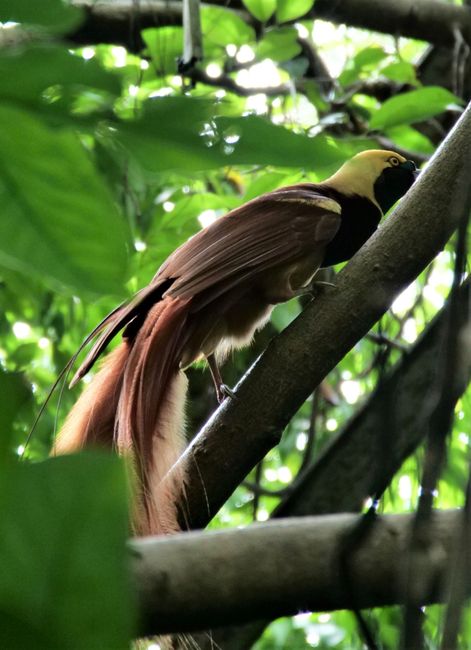
Саяхат есептері Папуа Жаңа Гвинея
